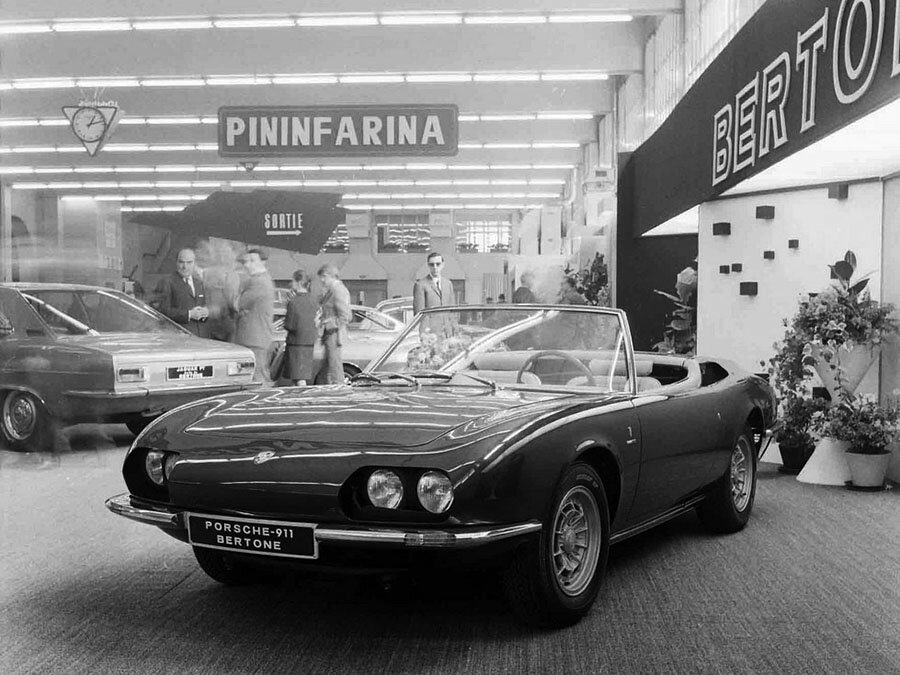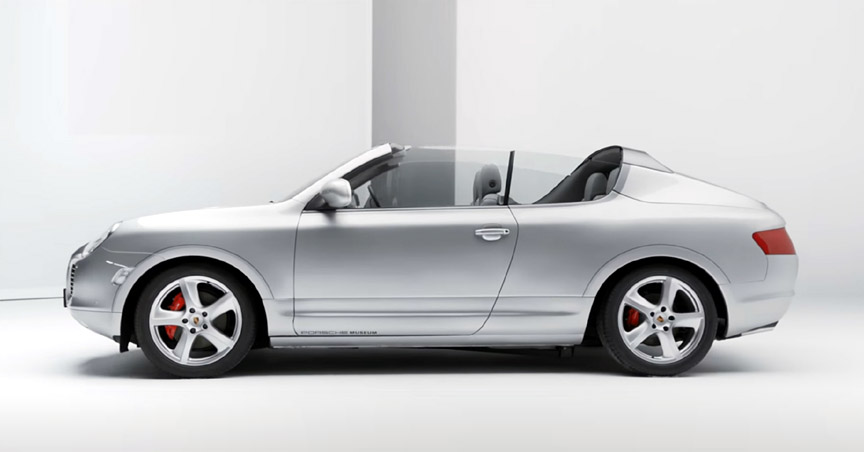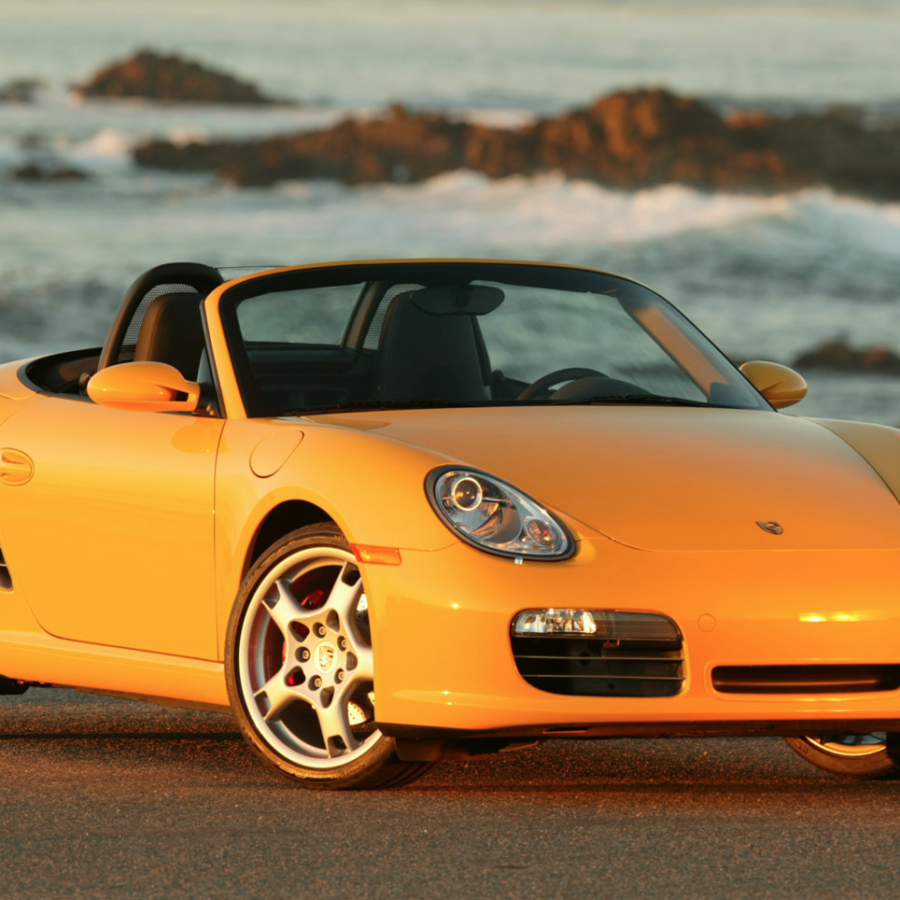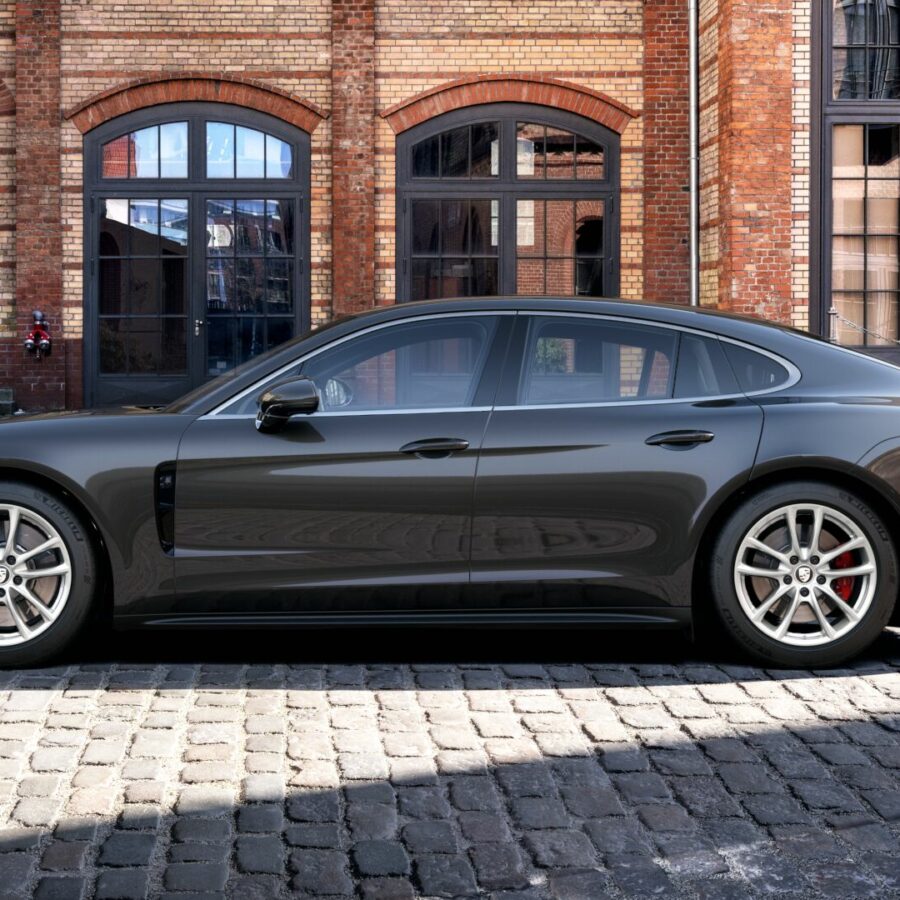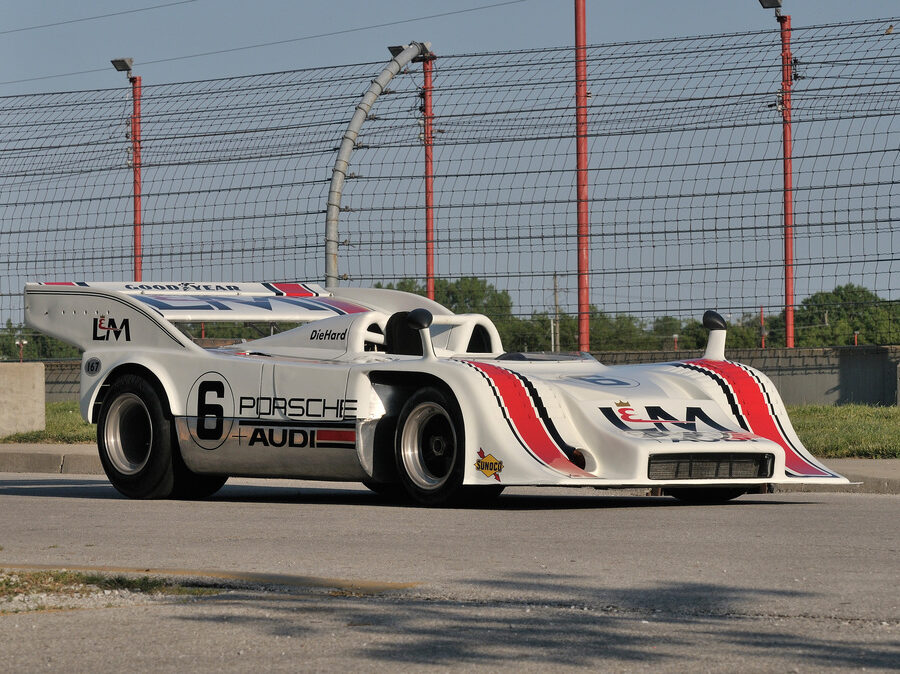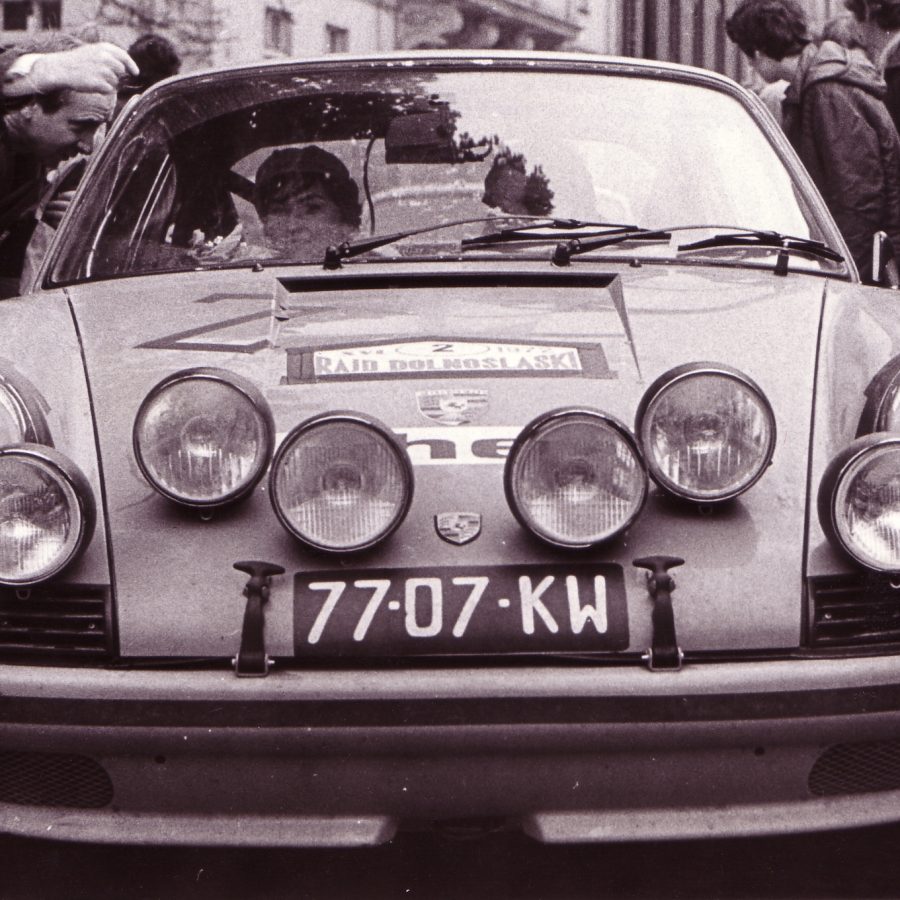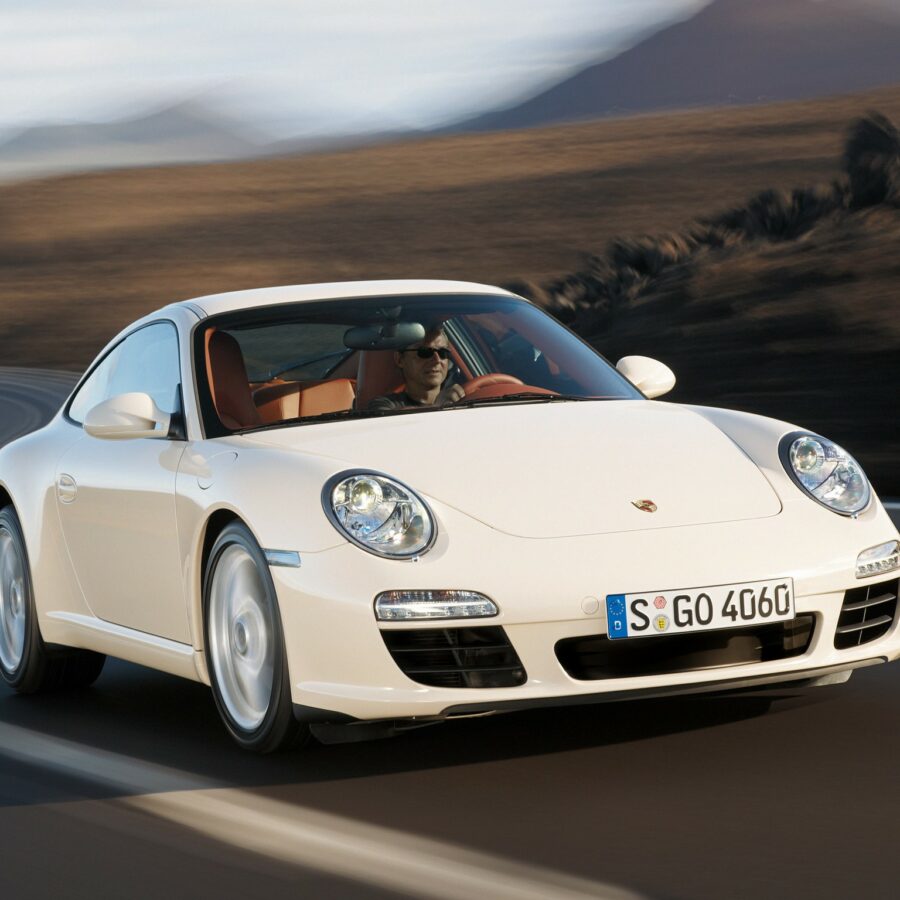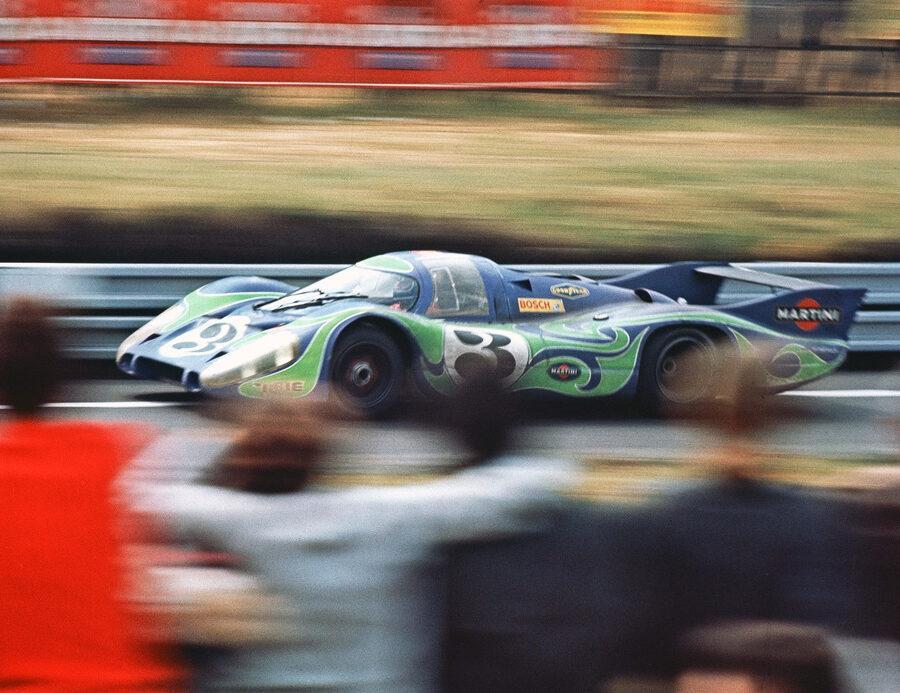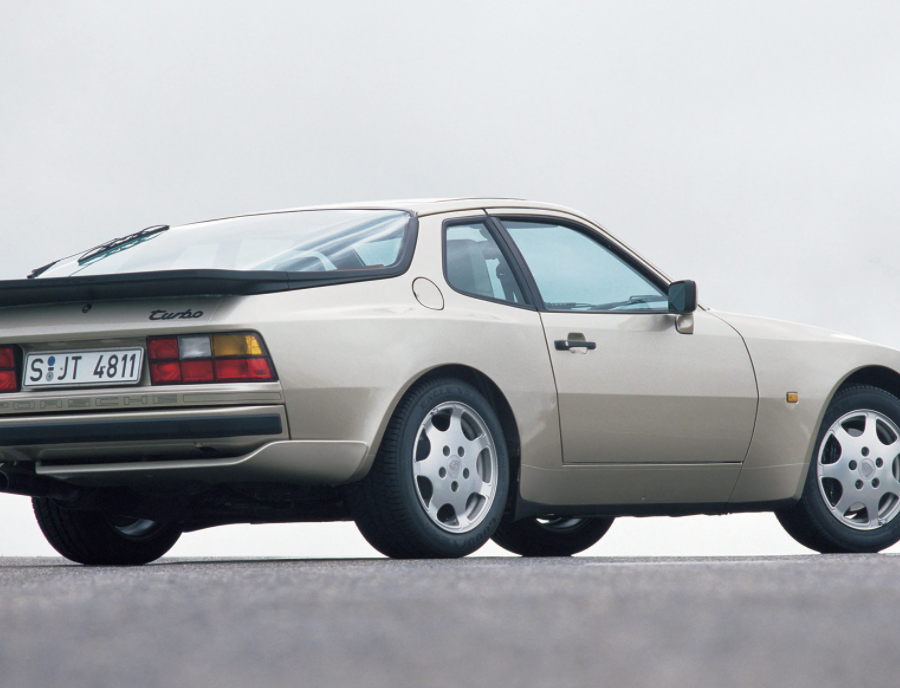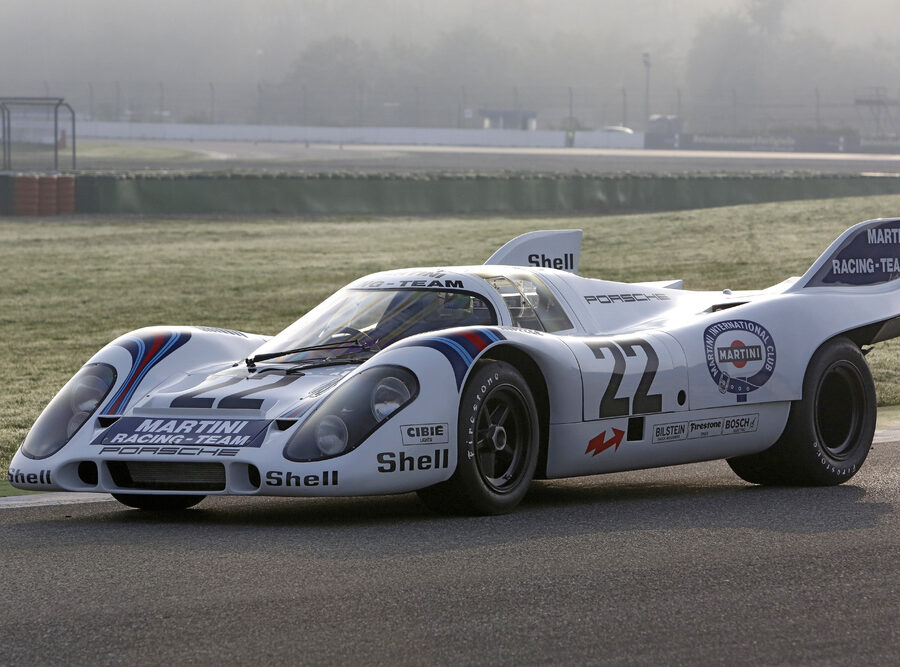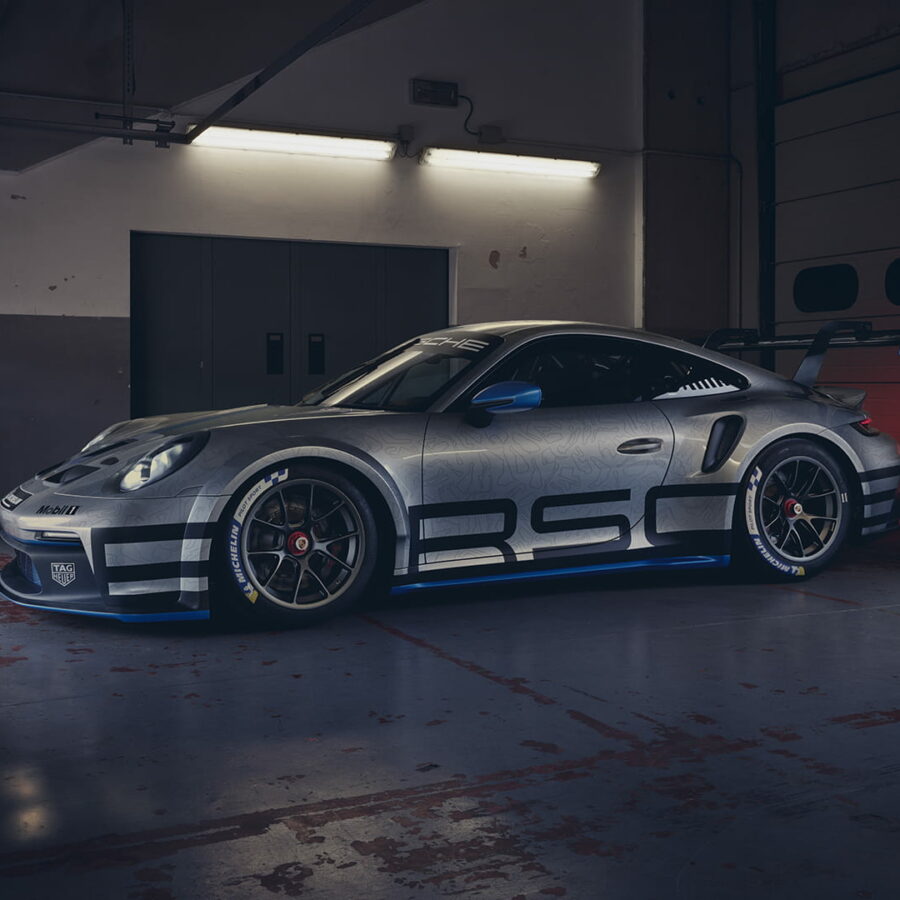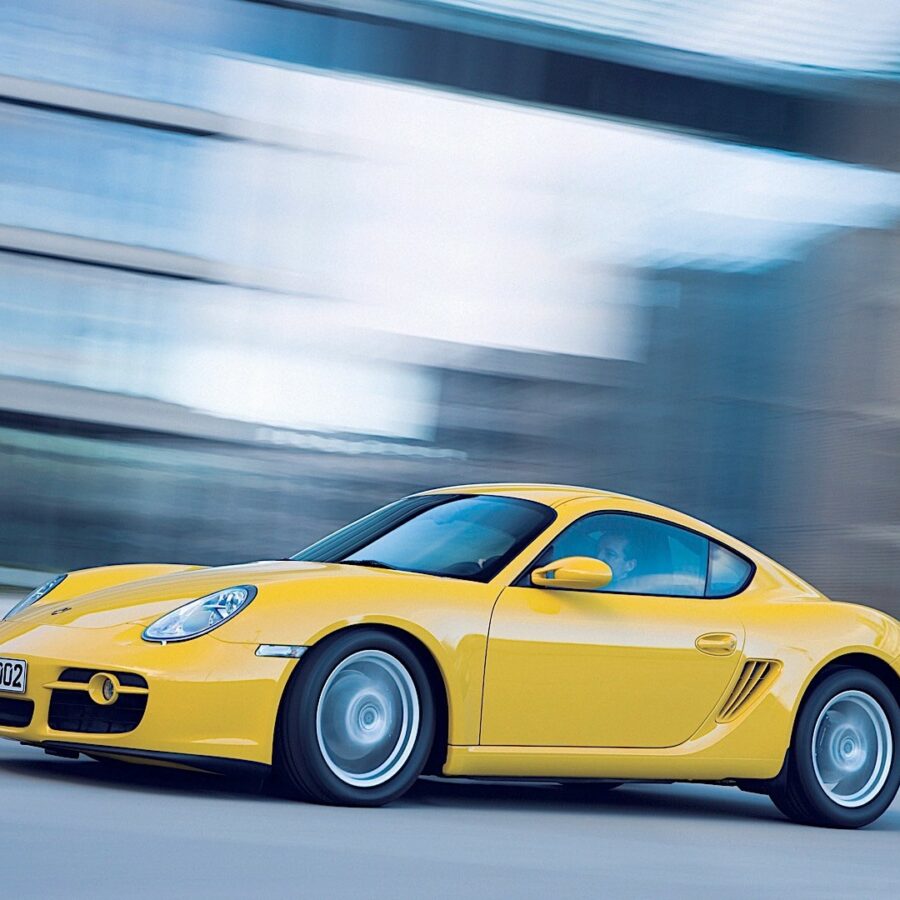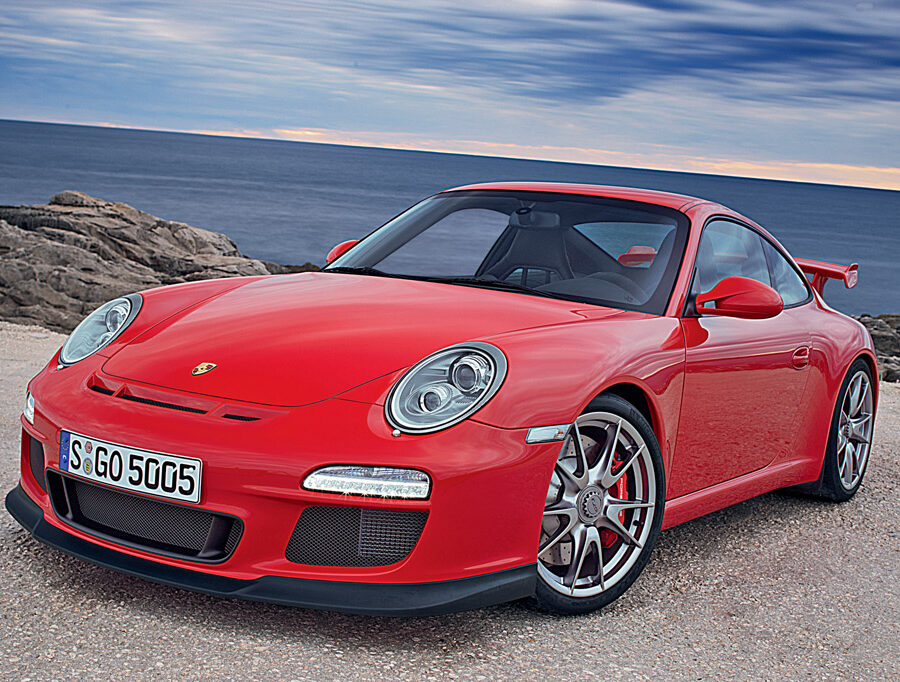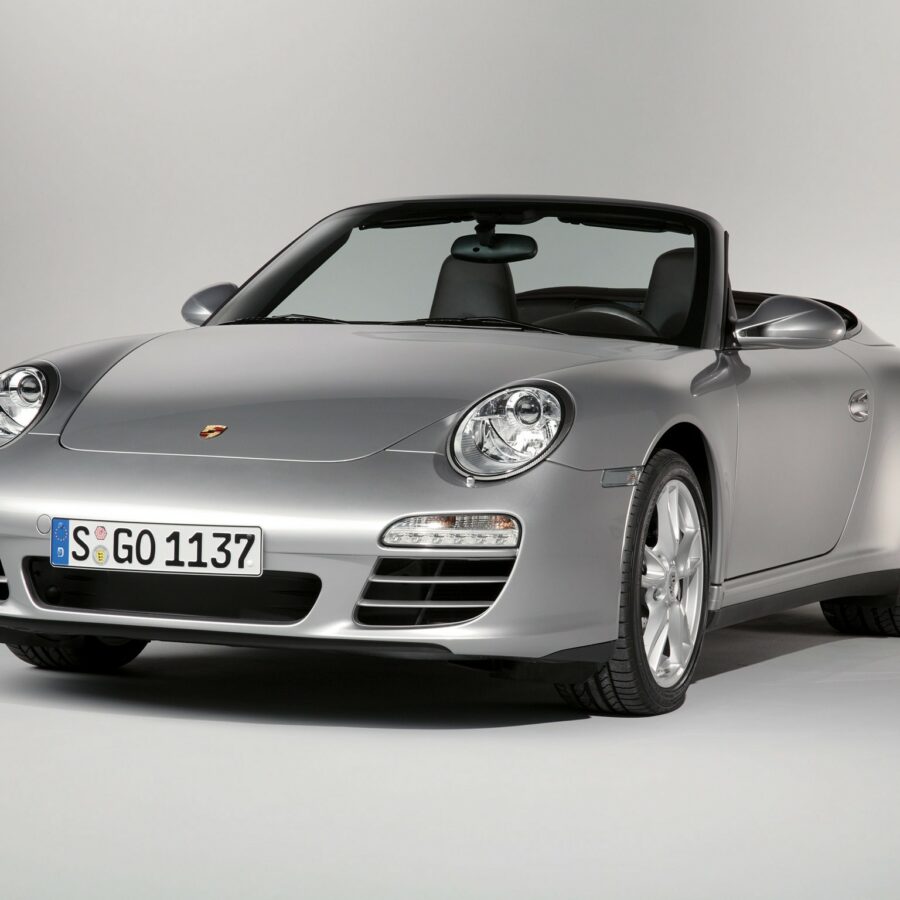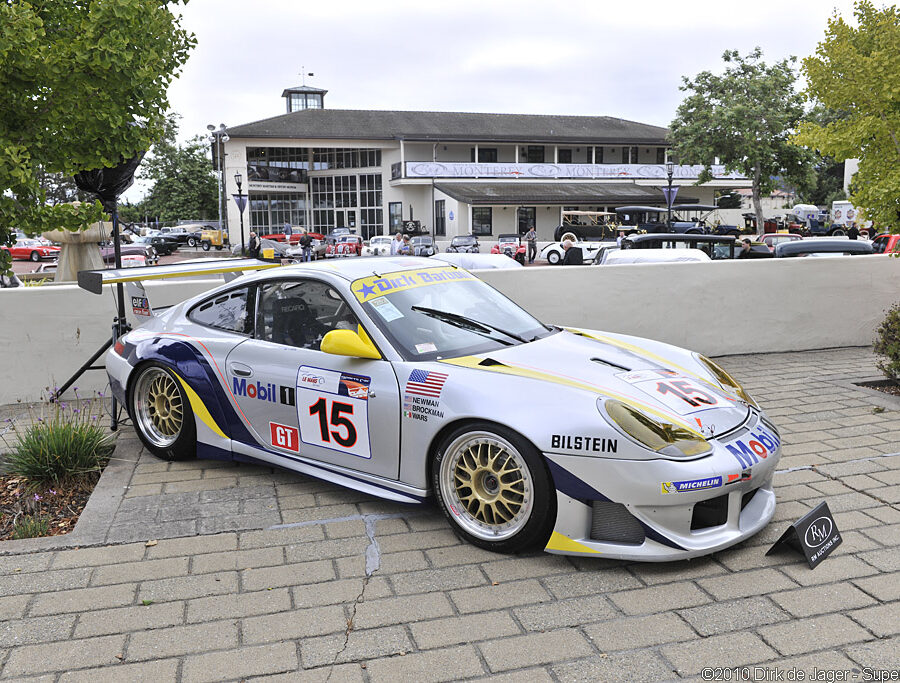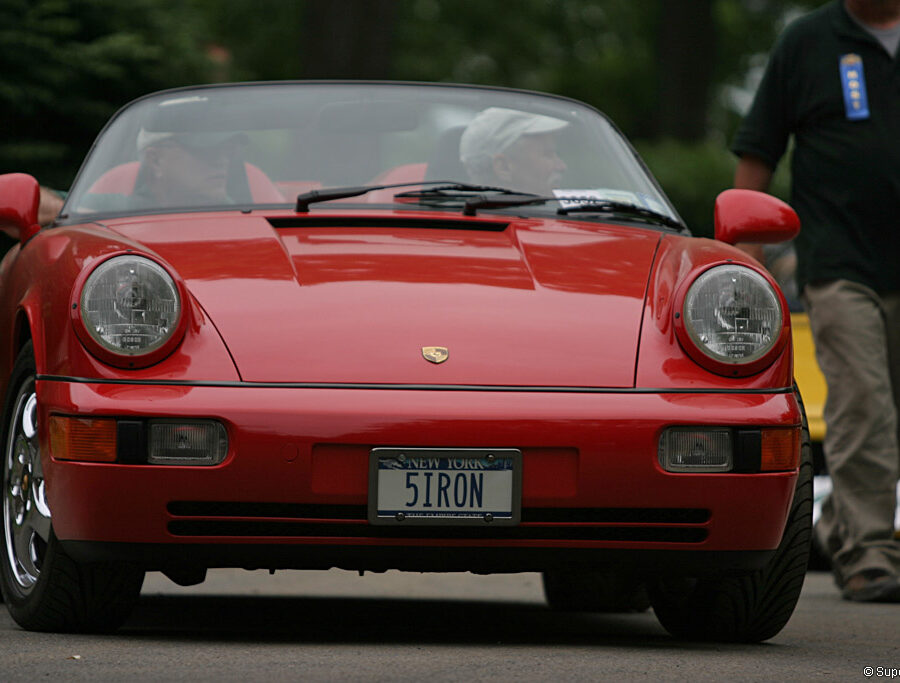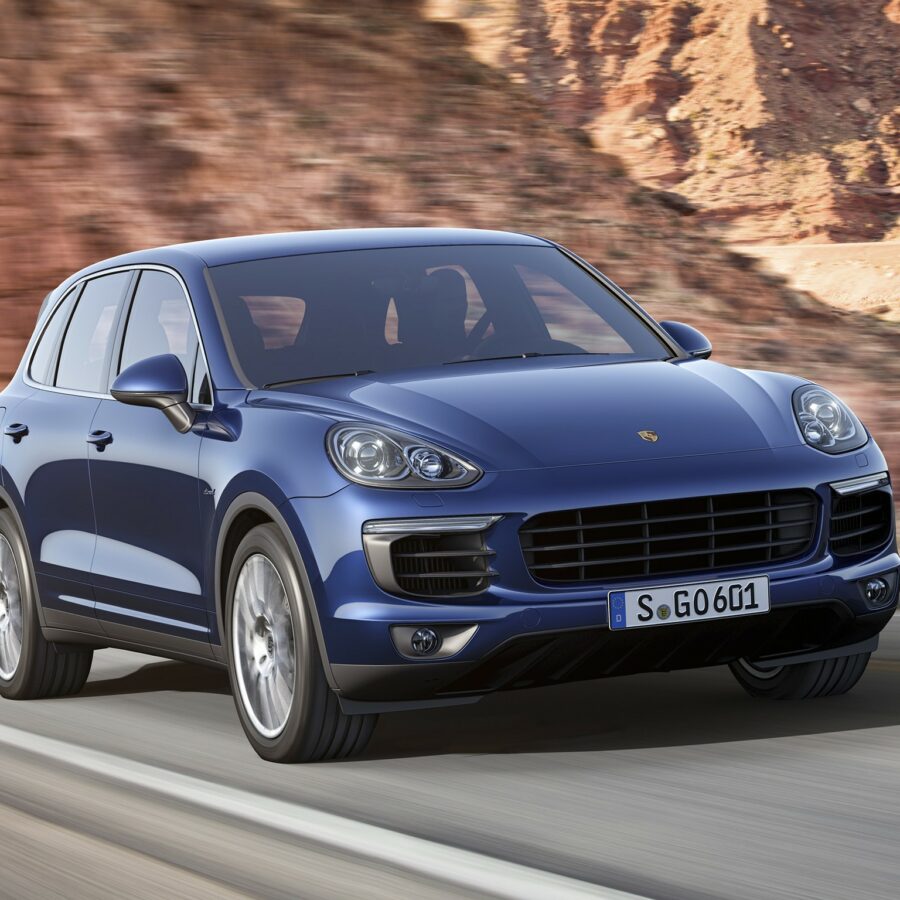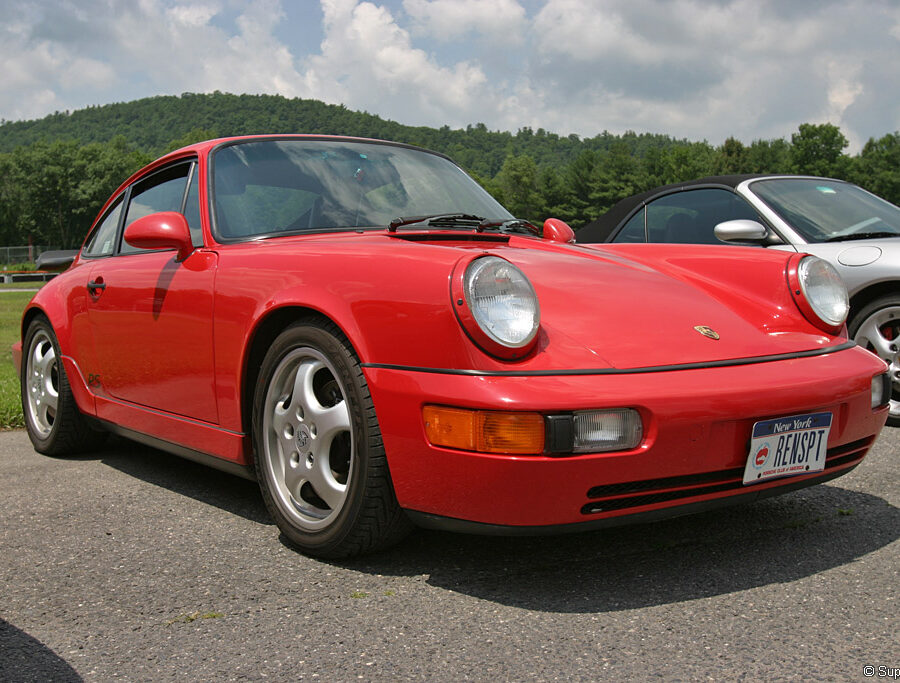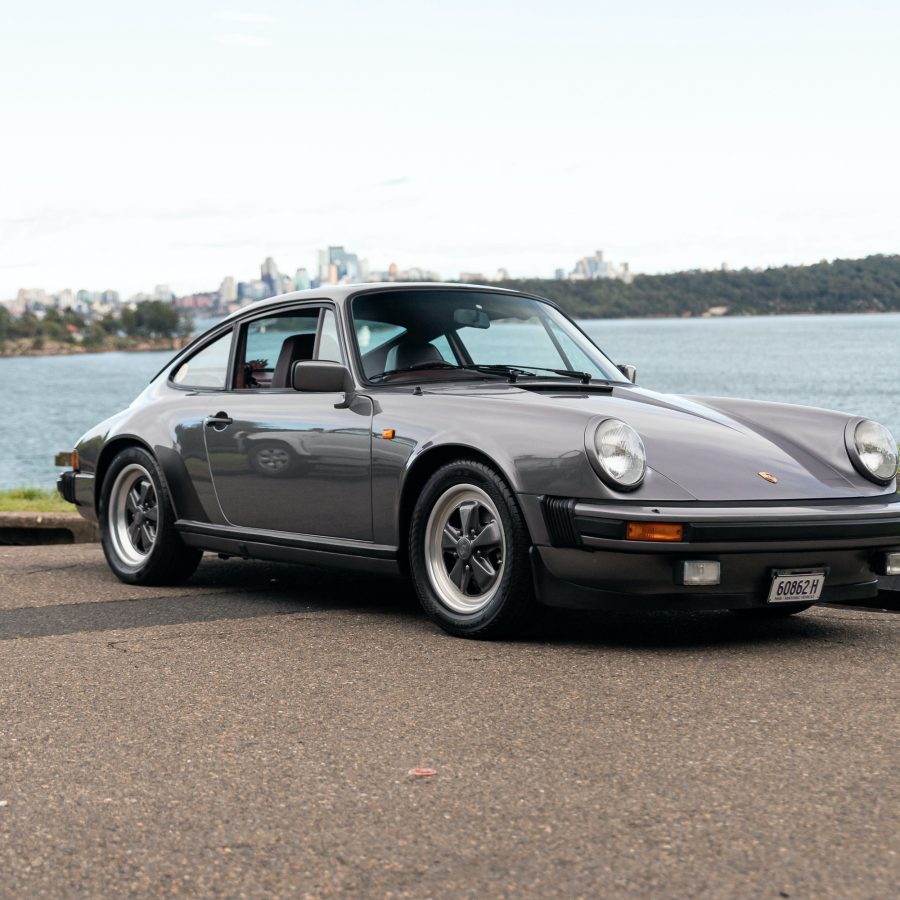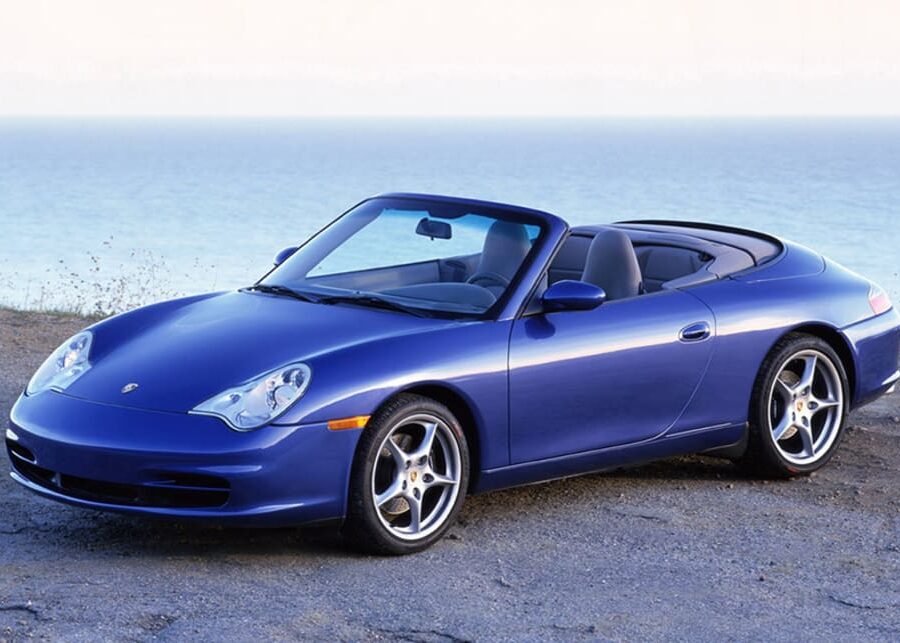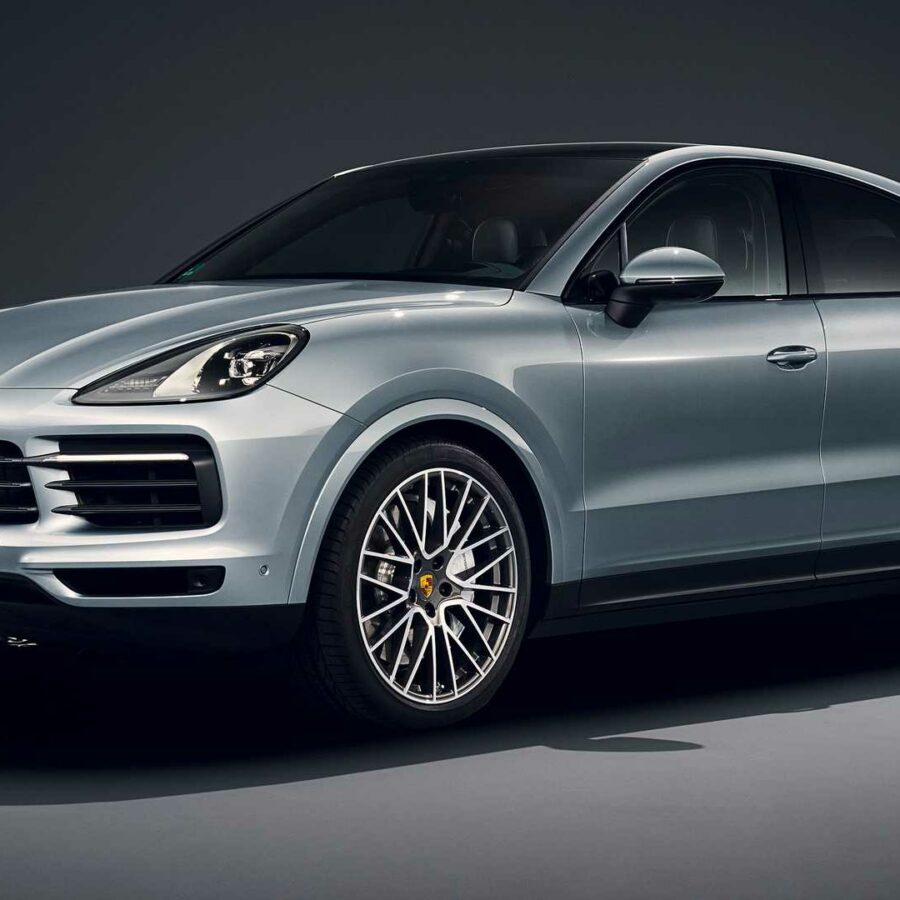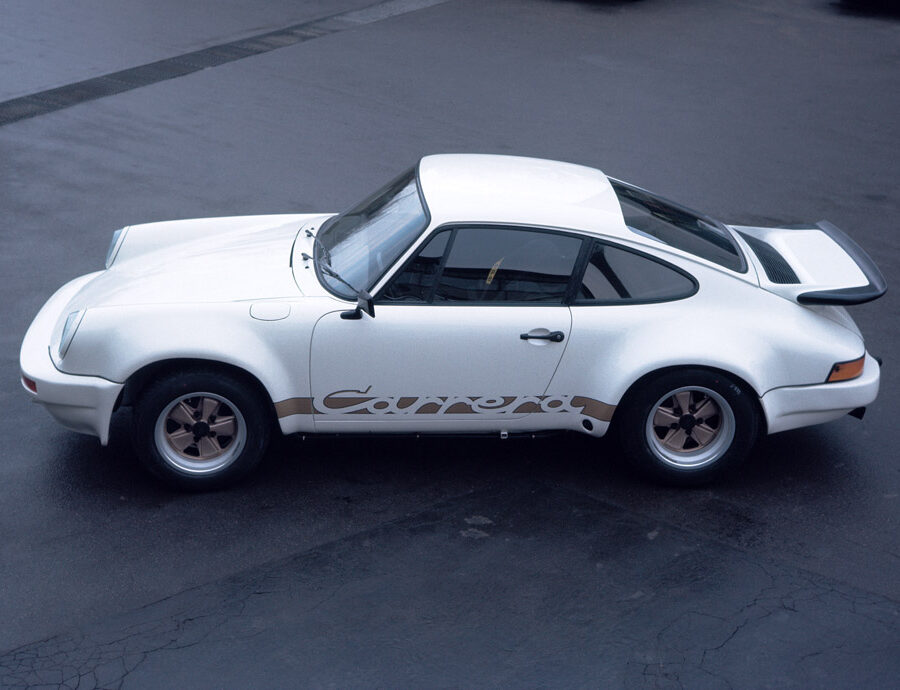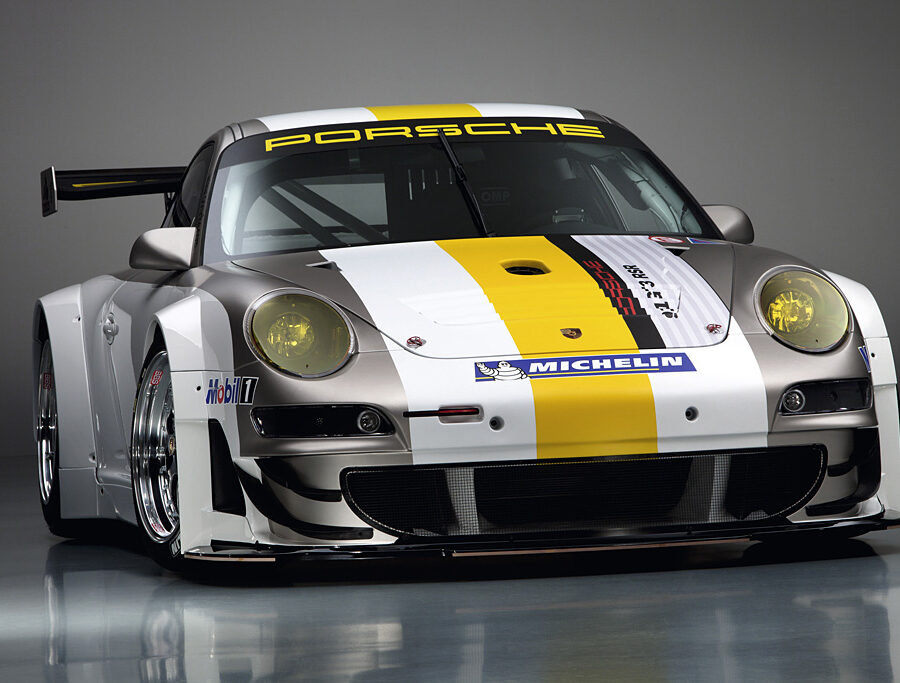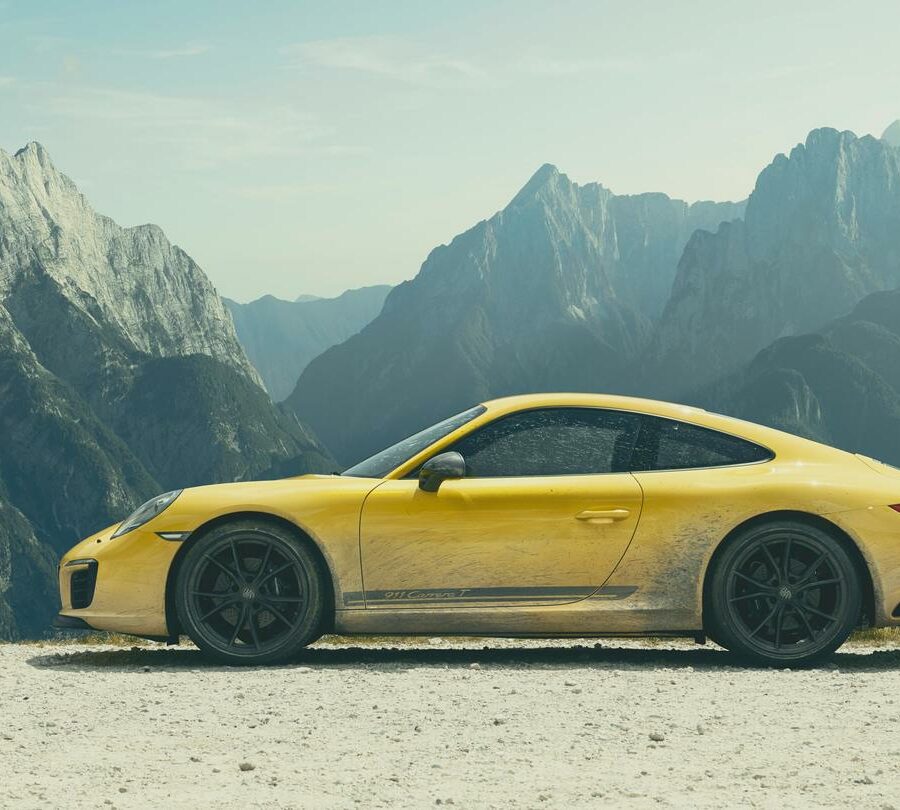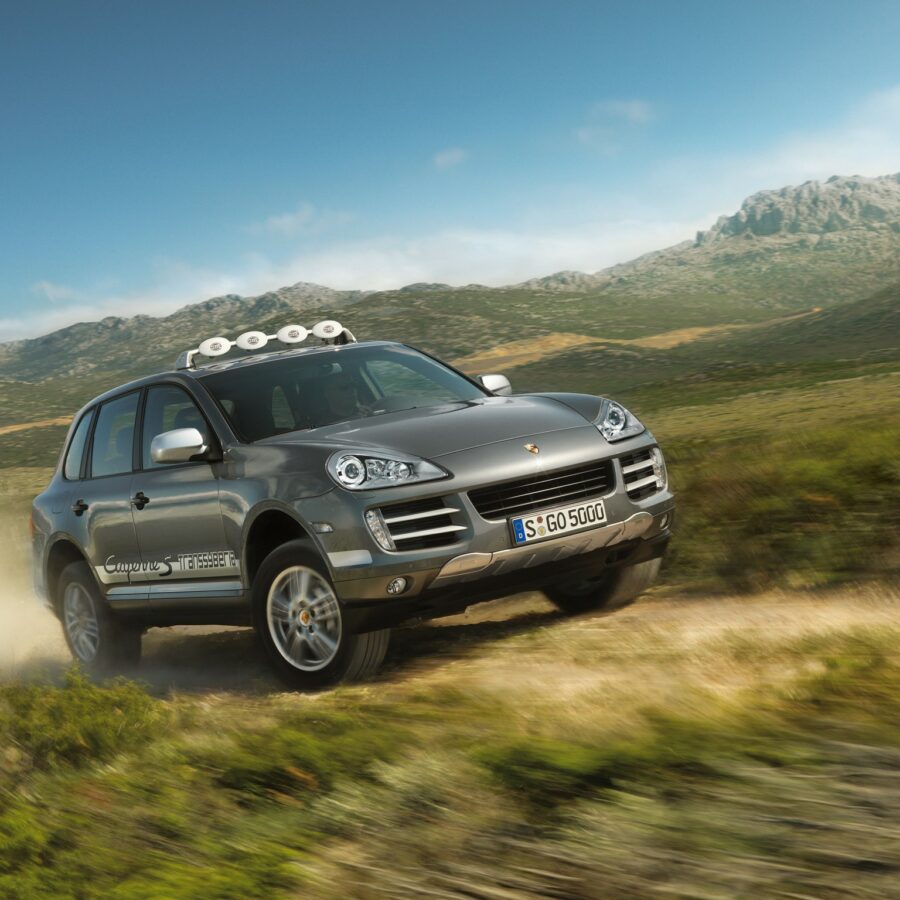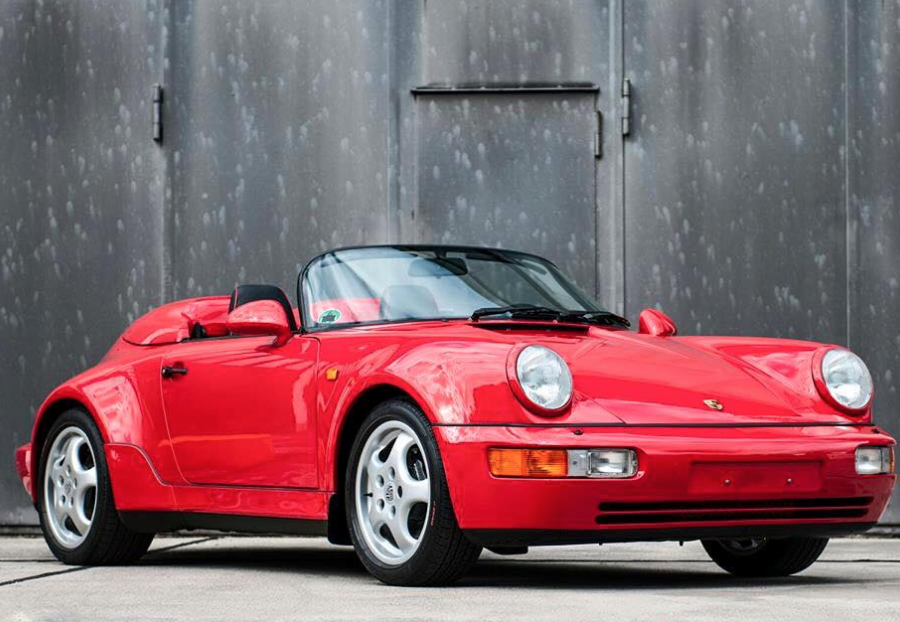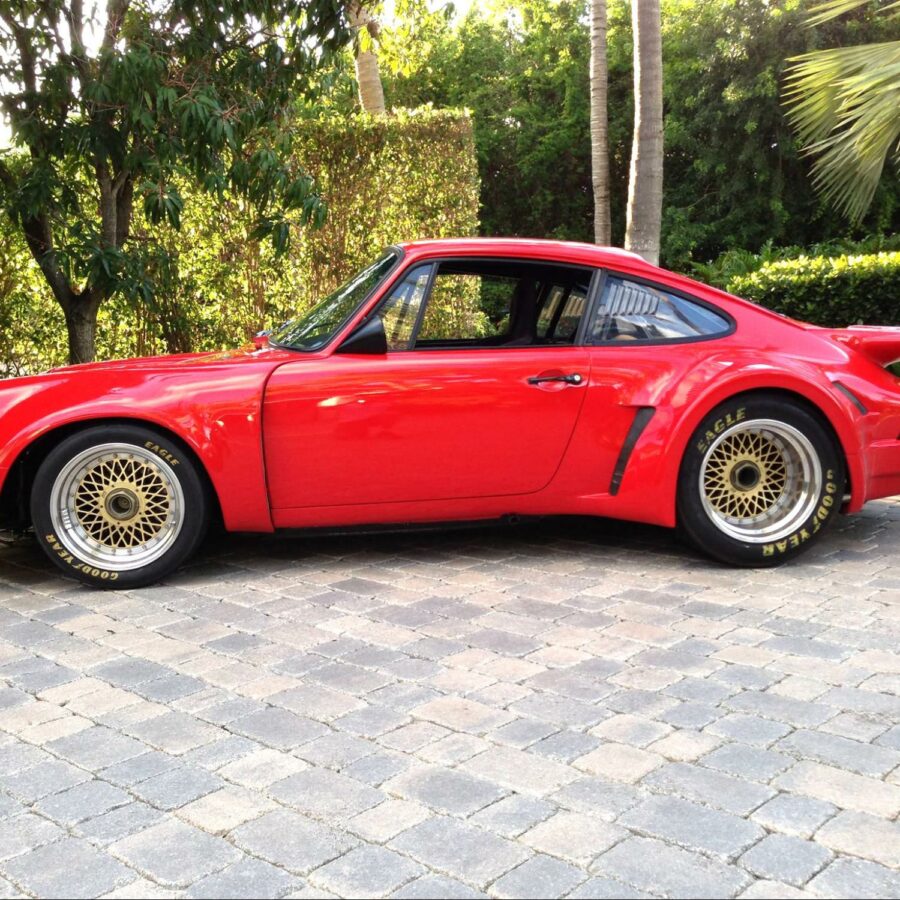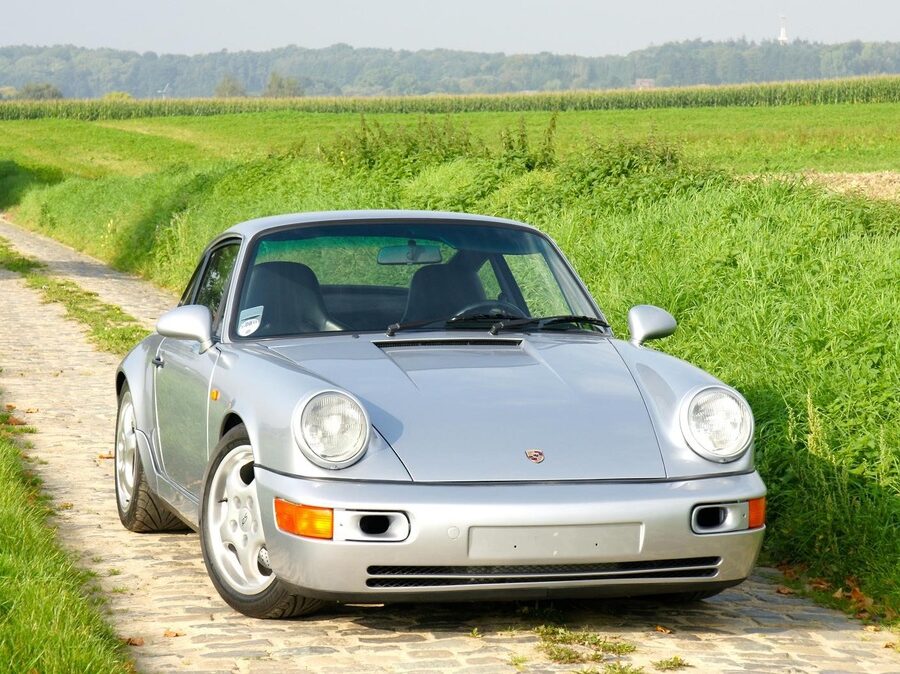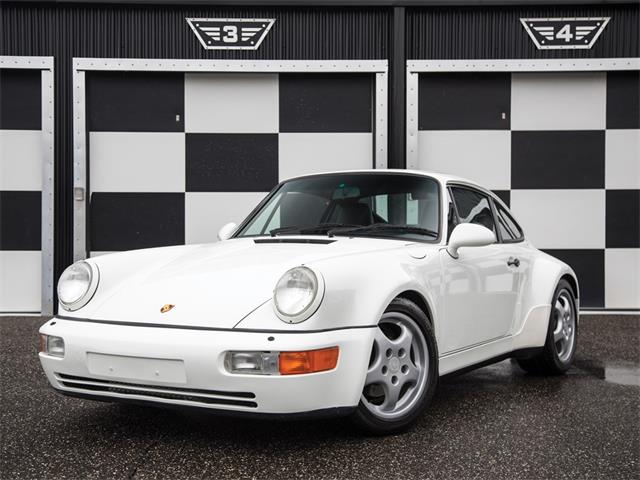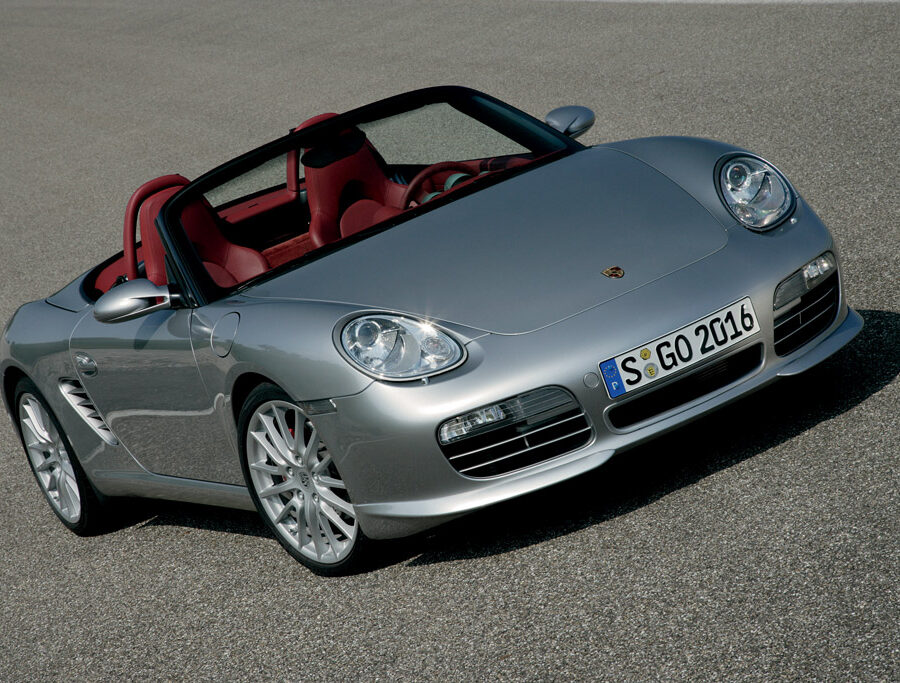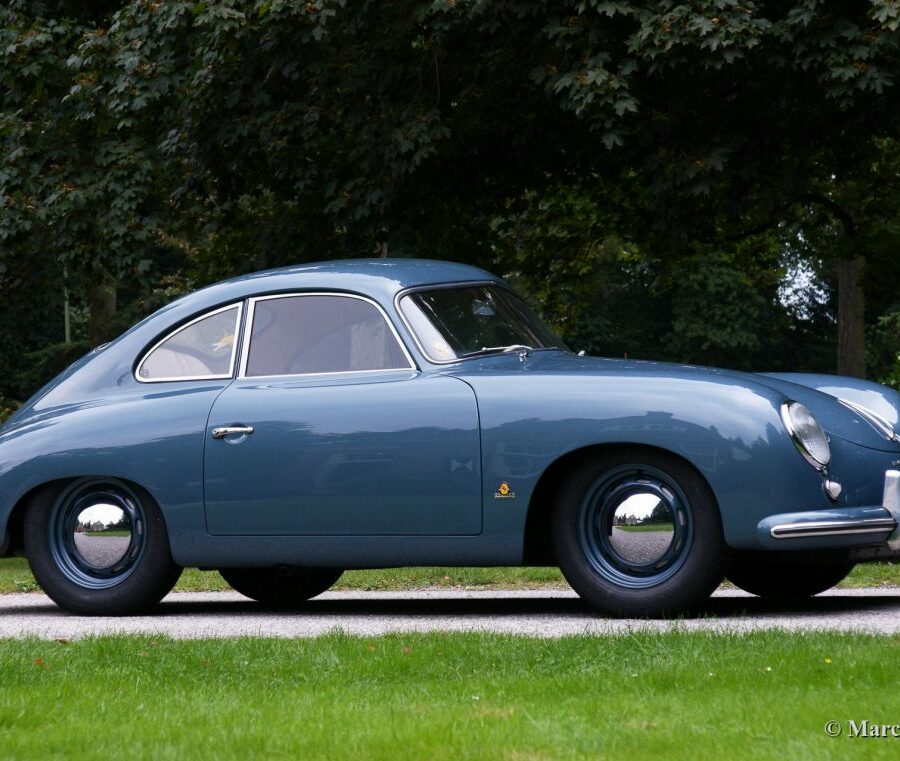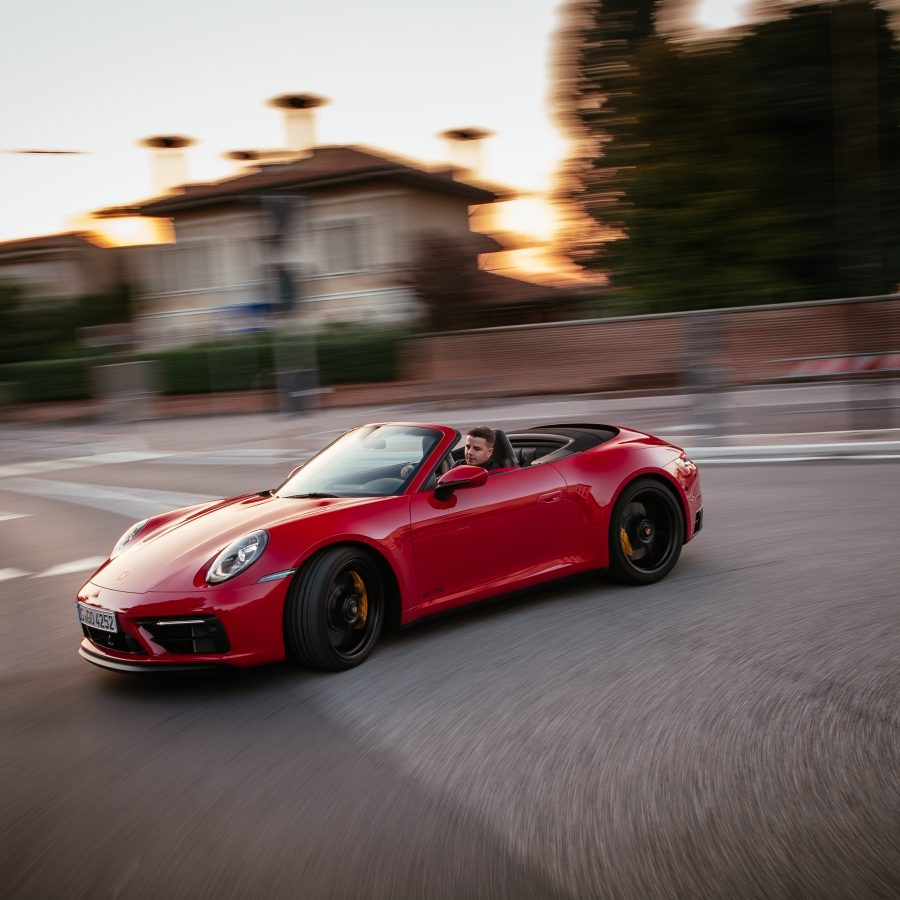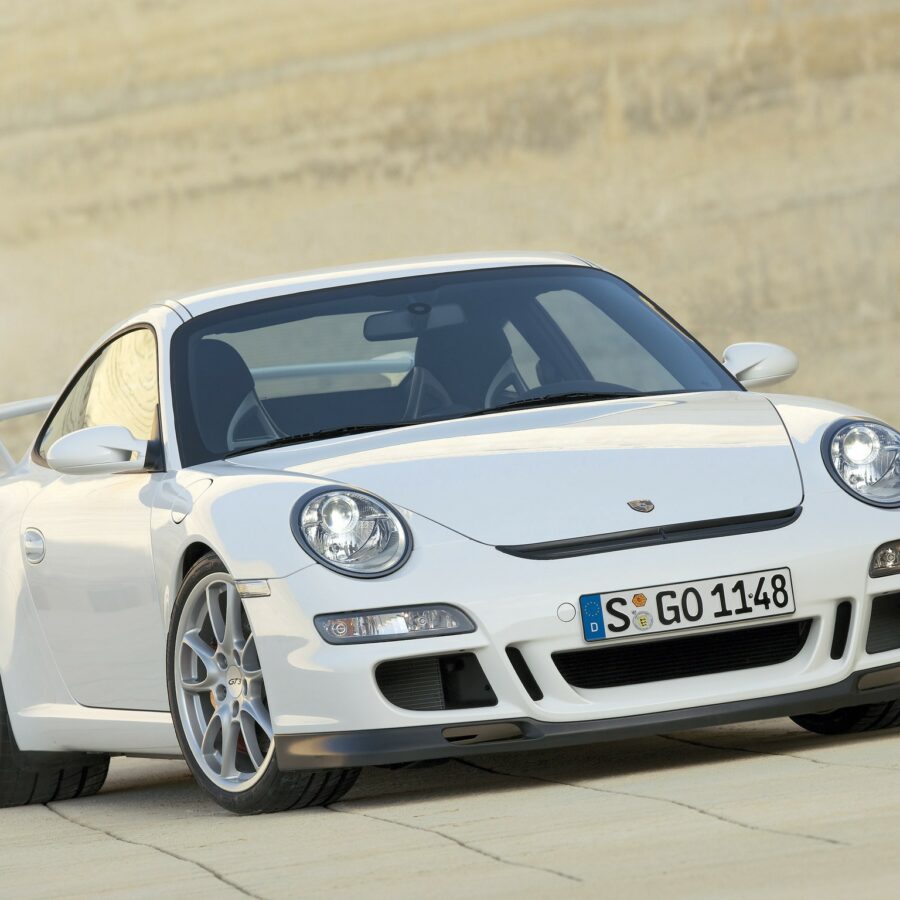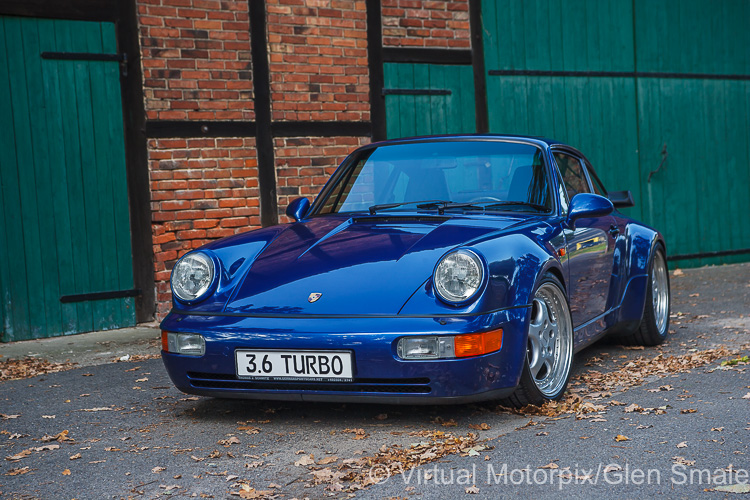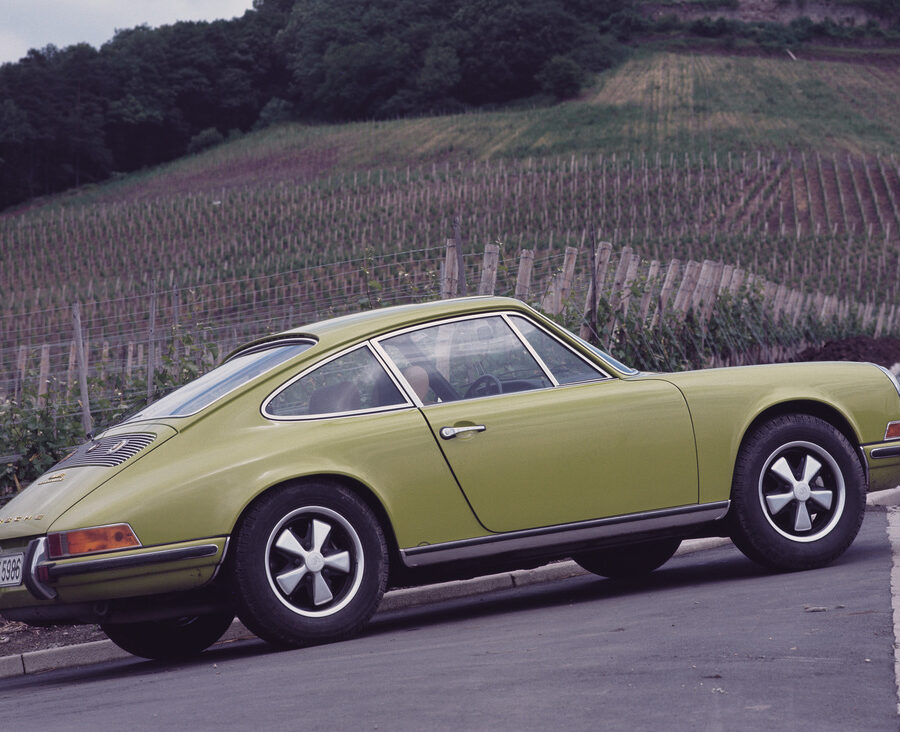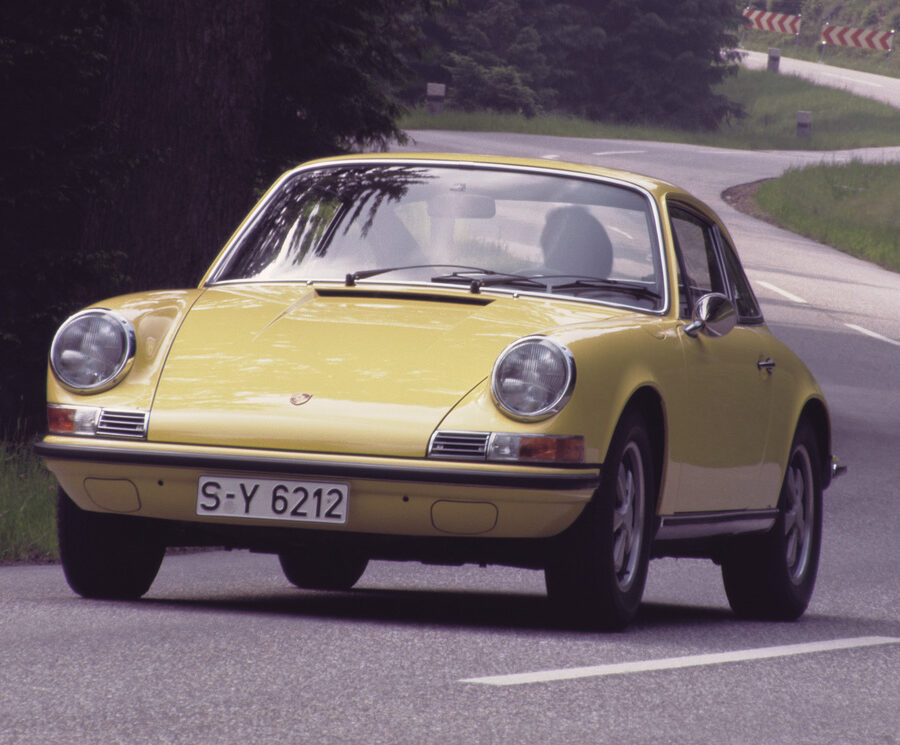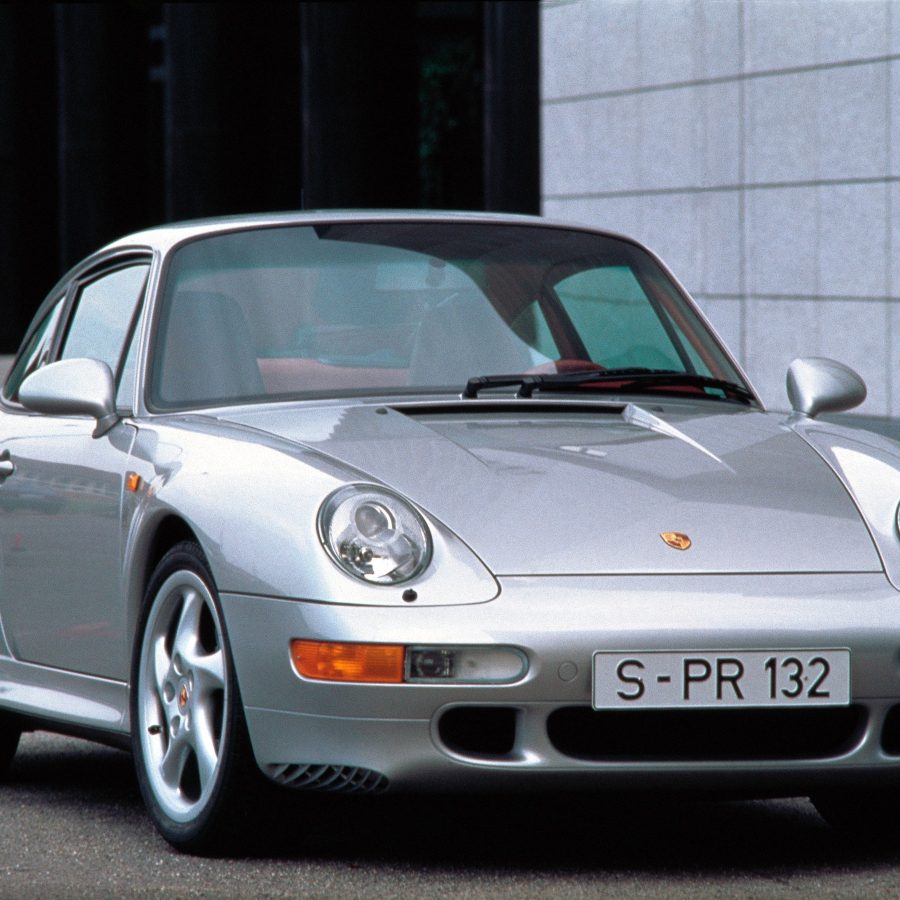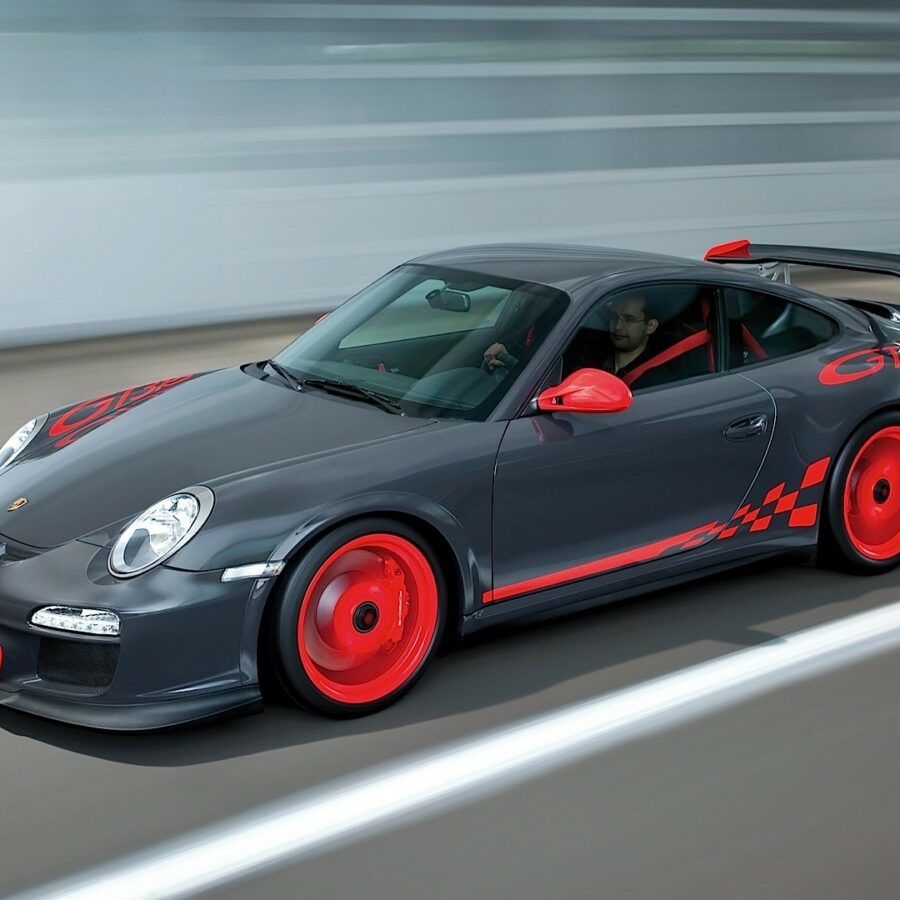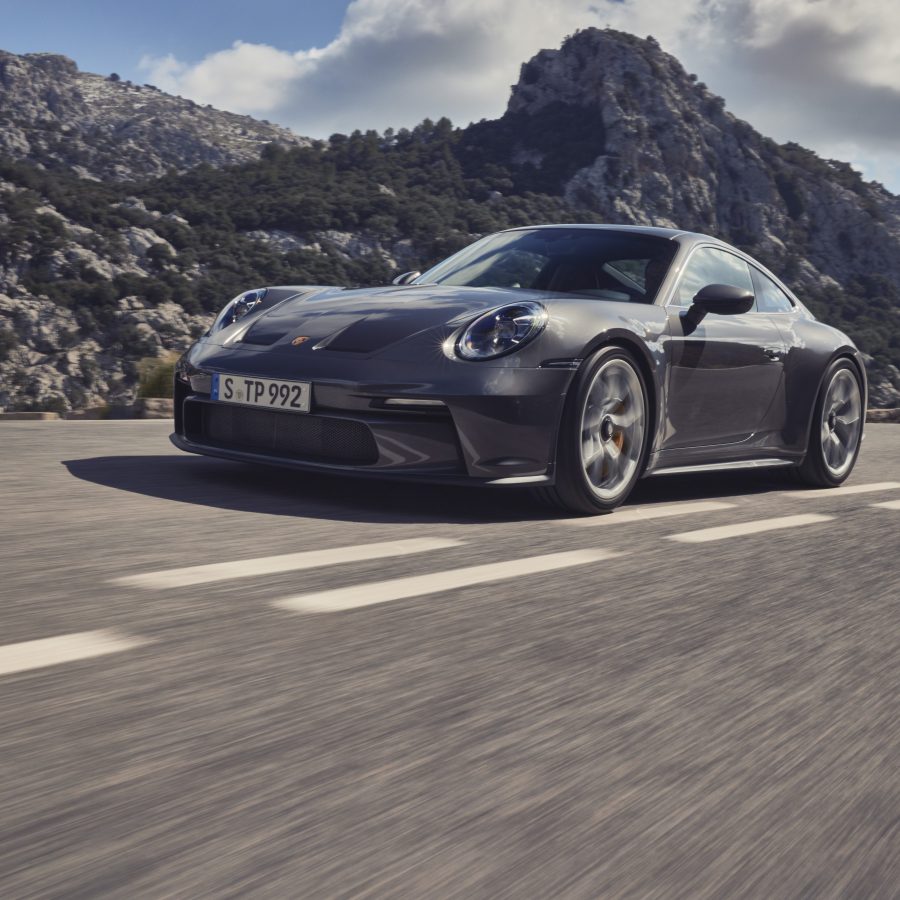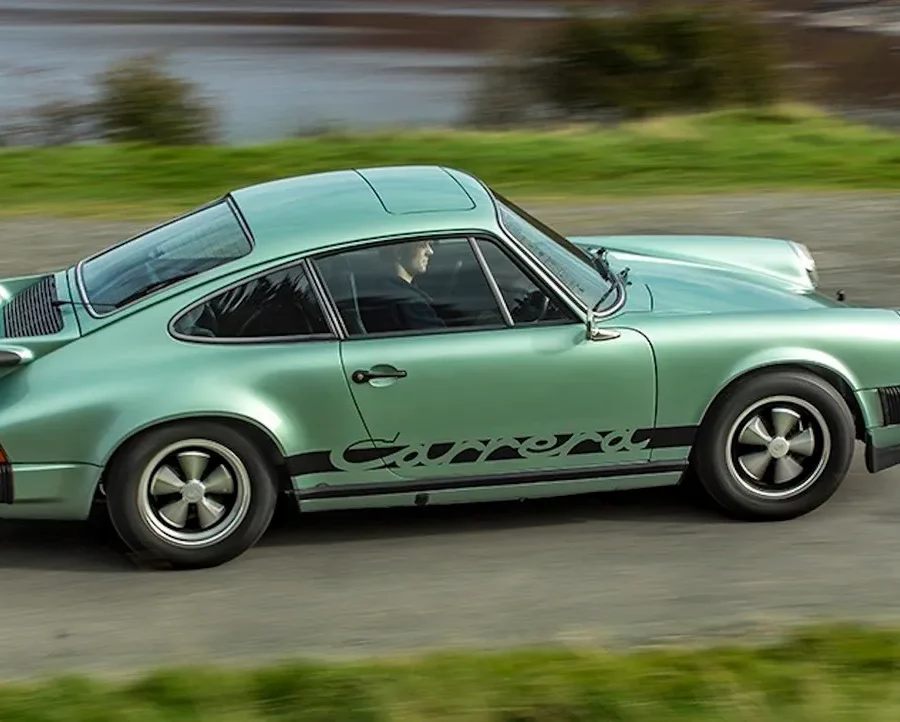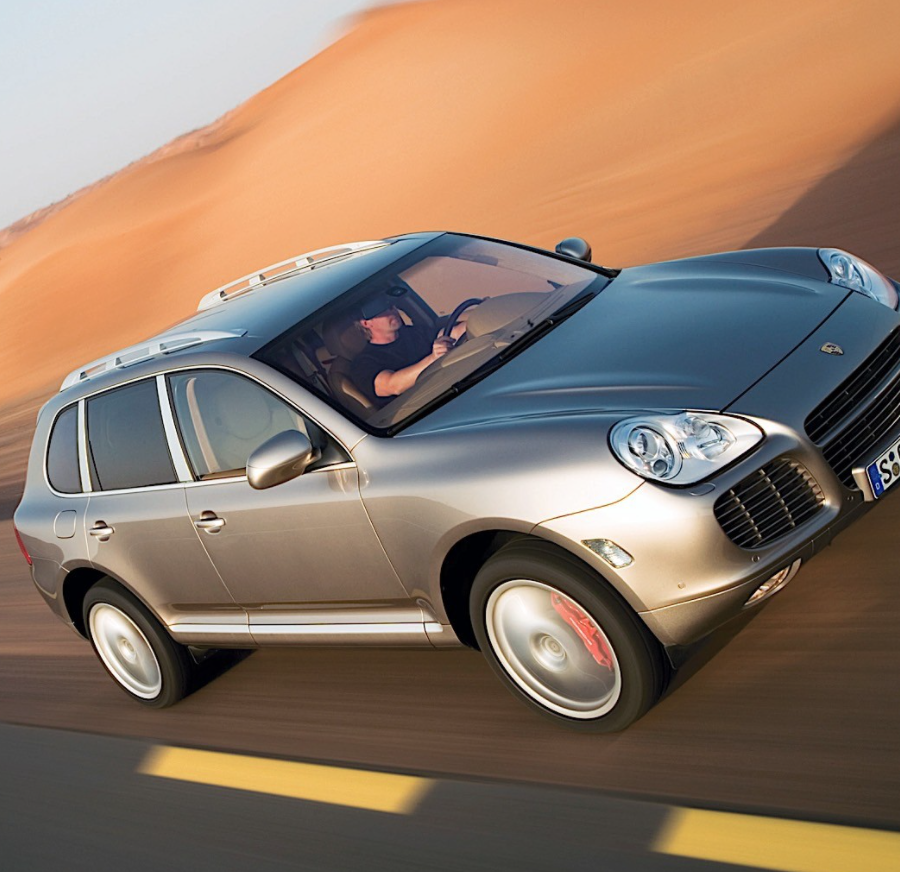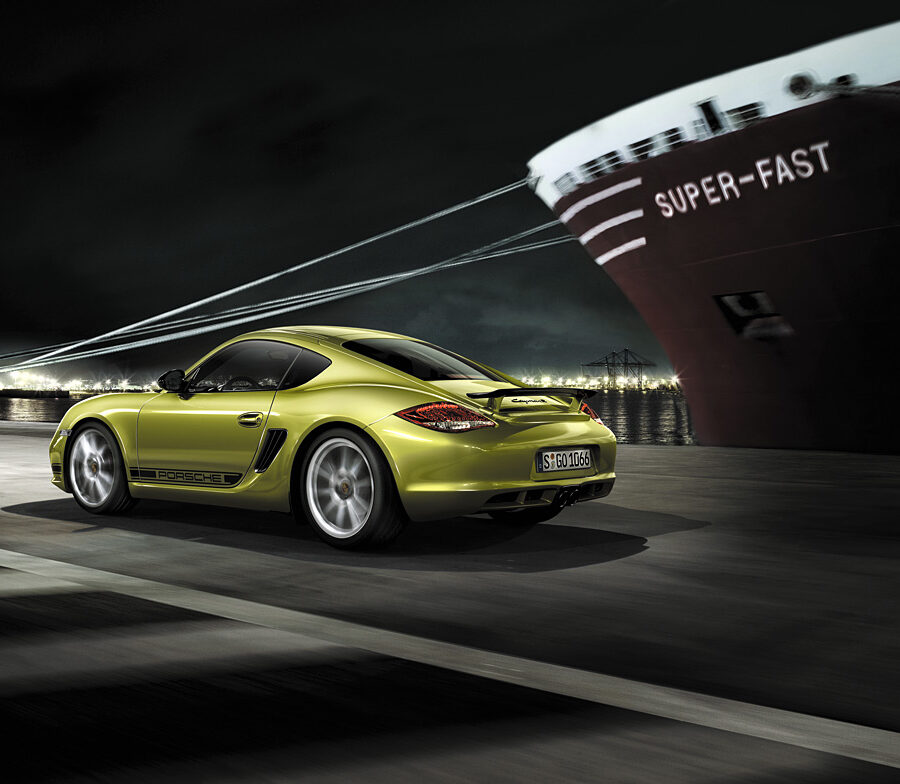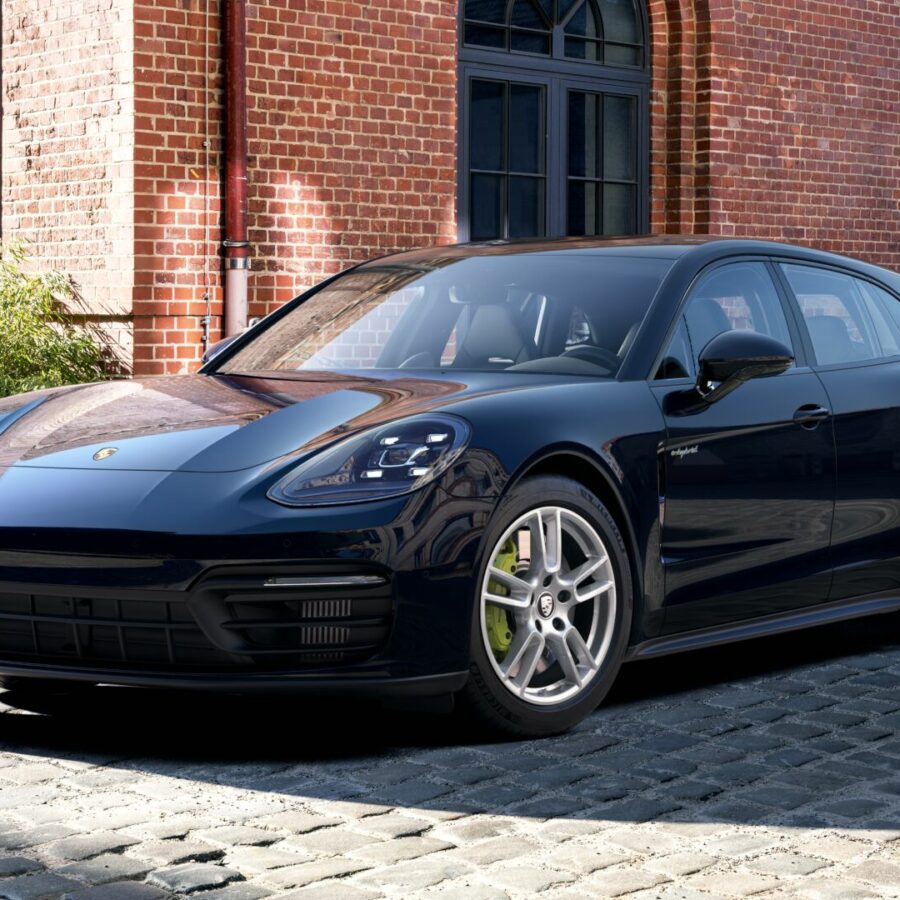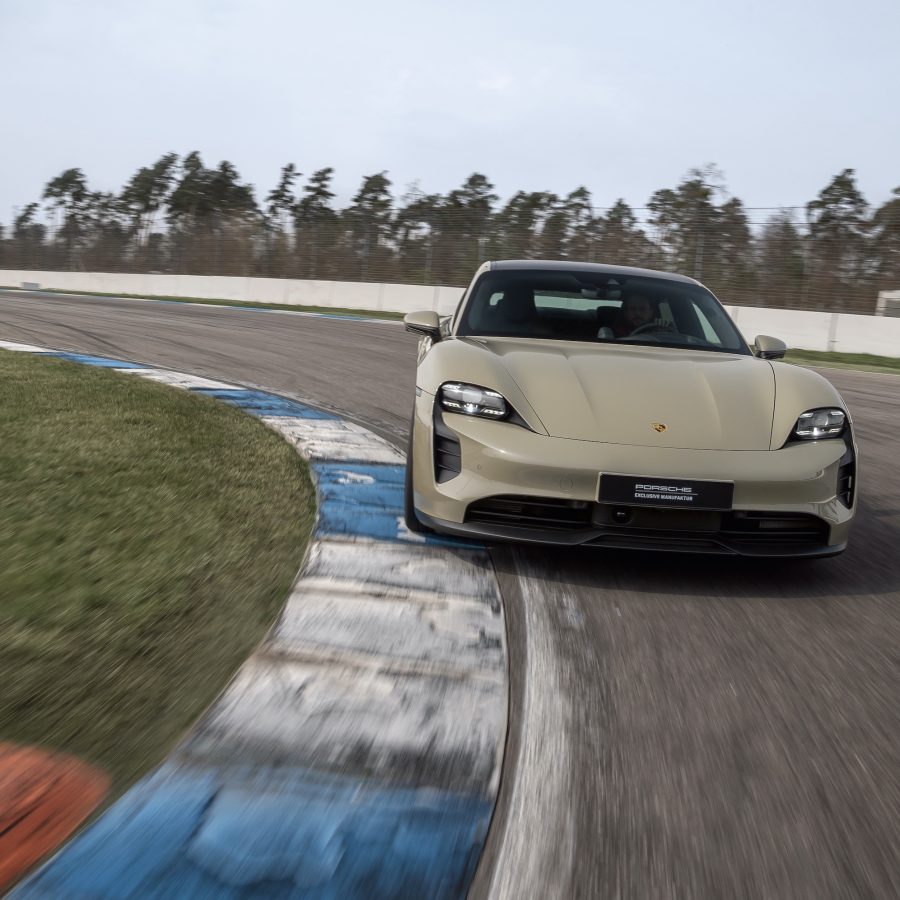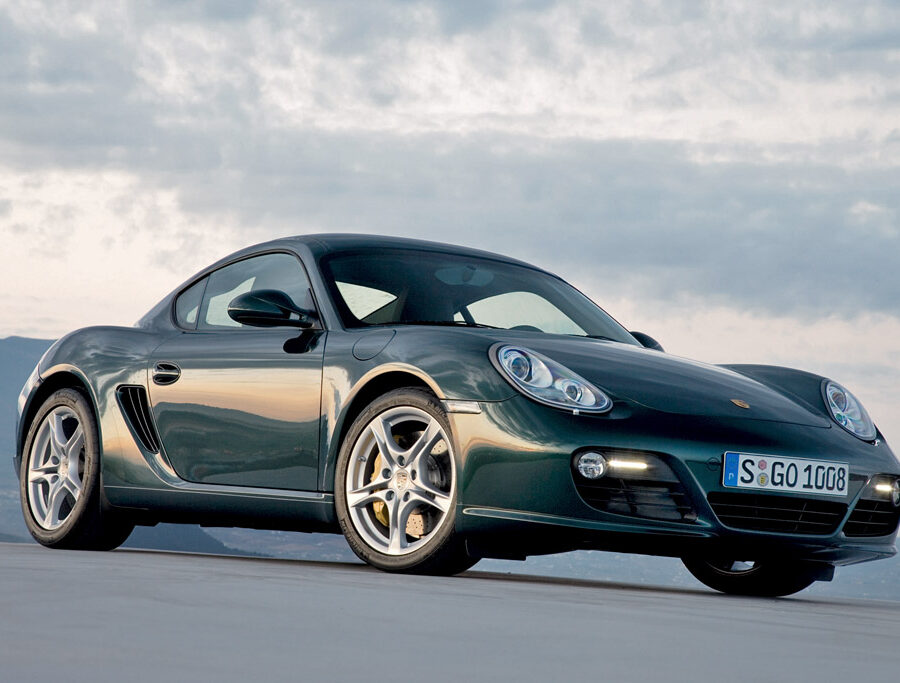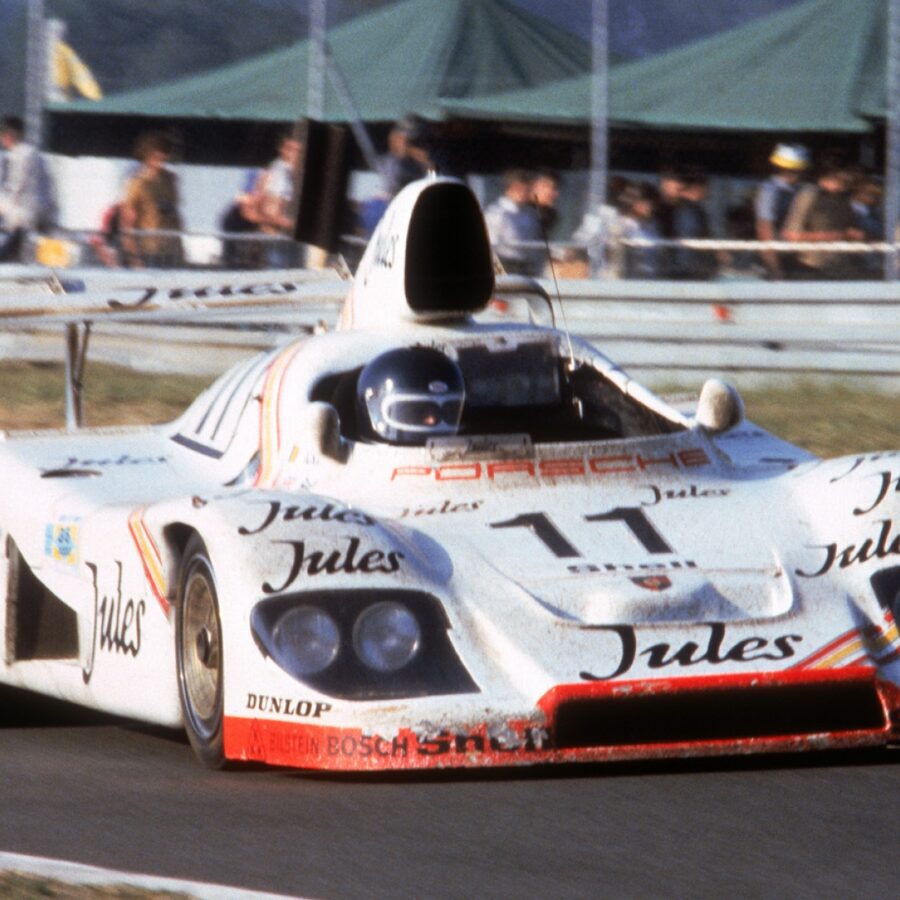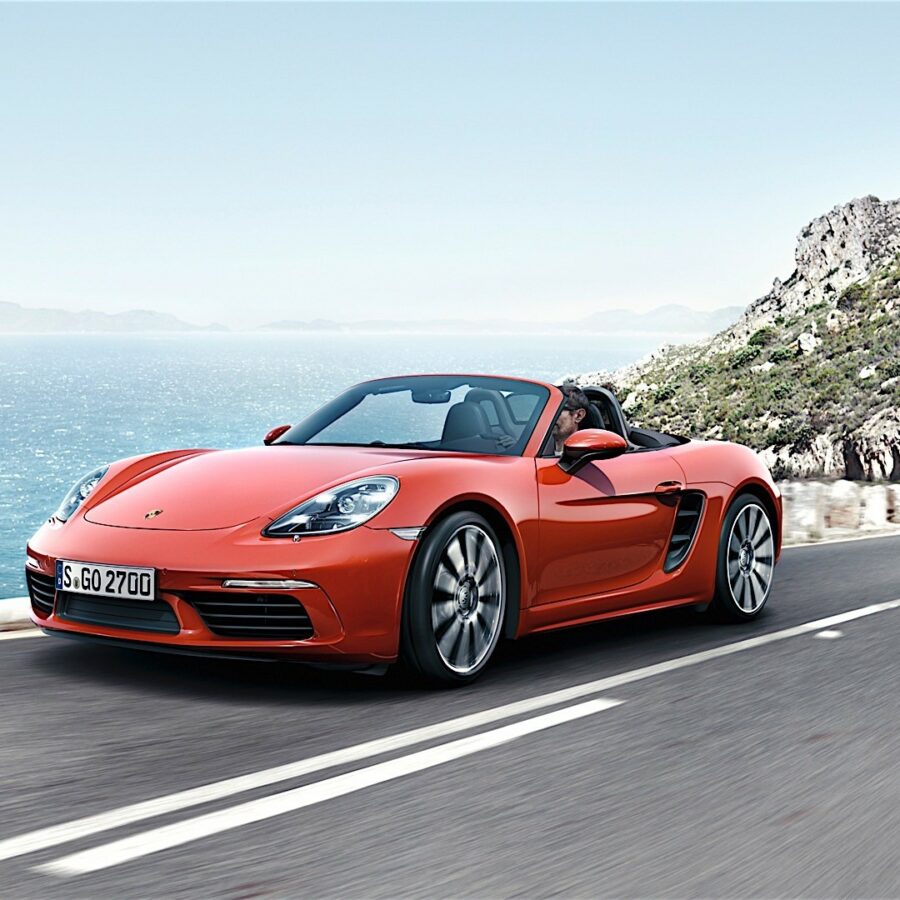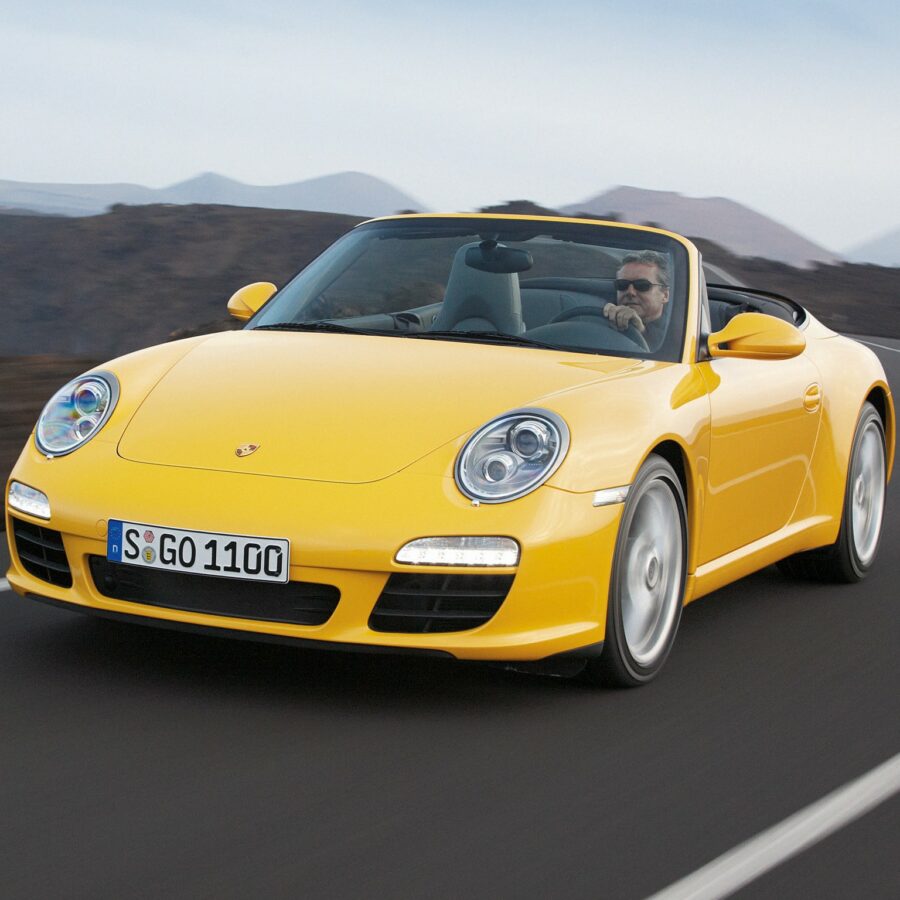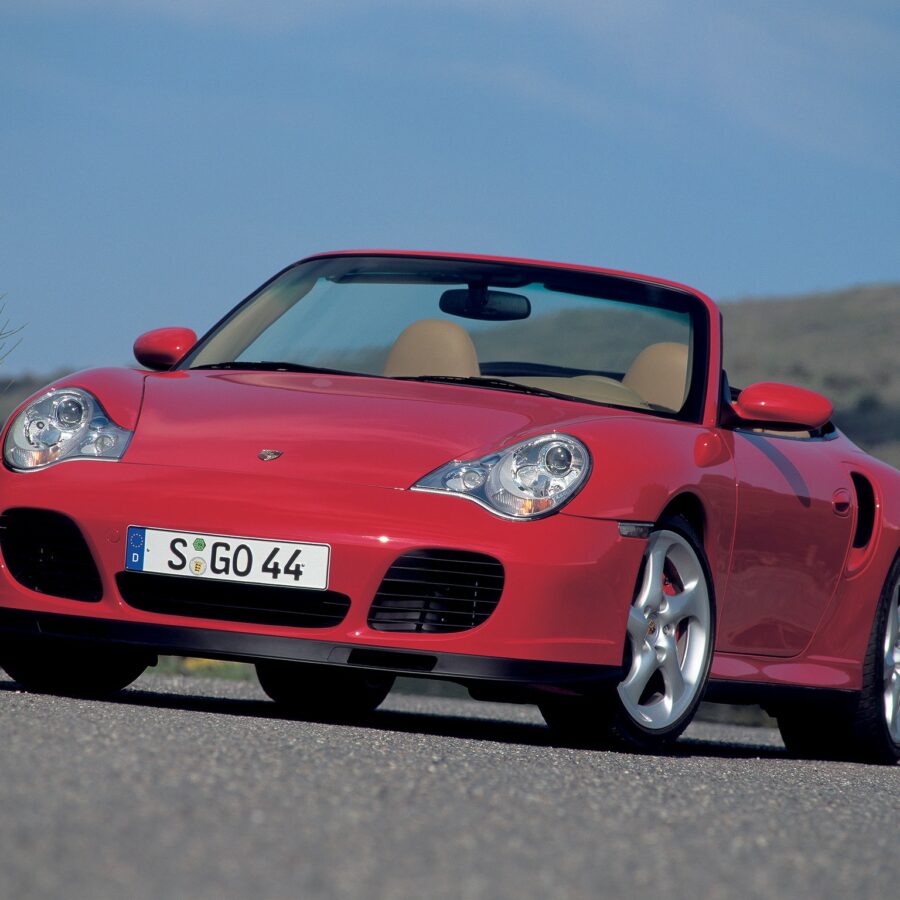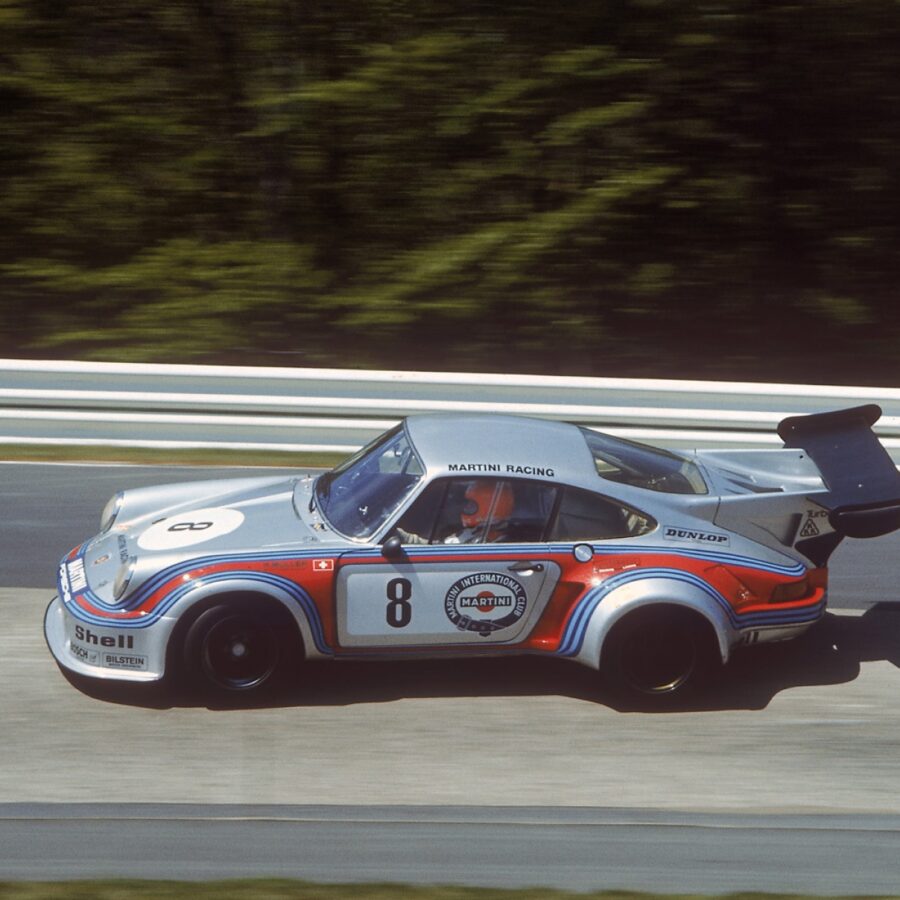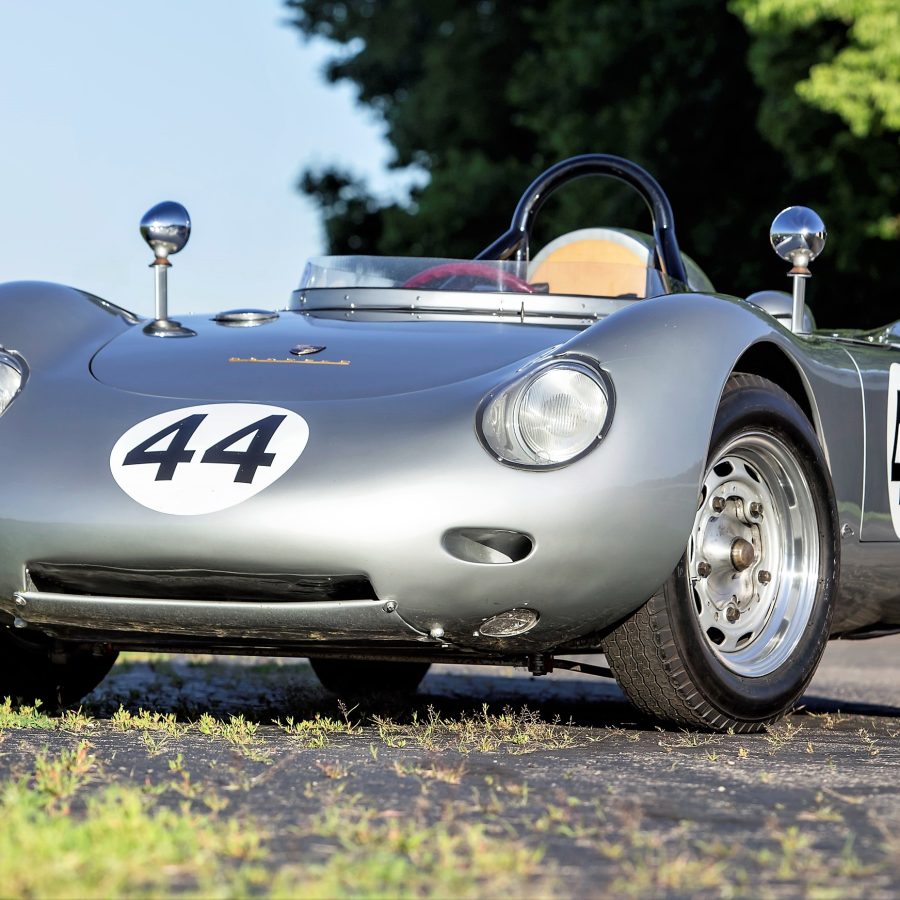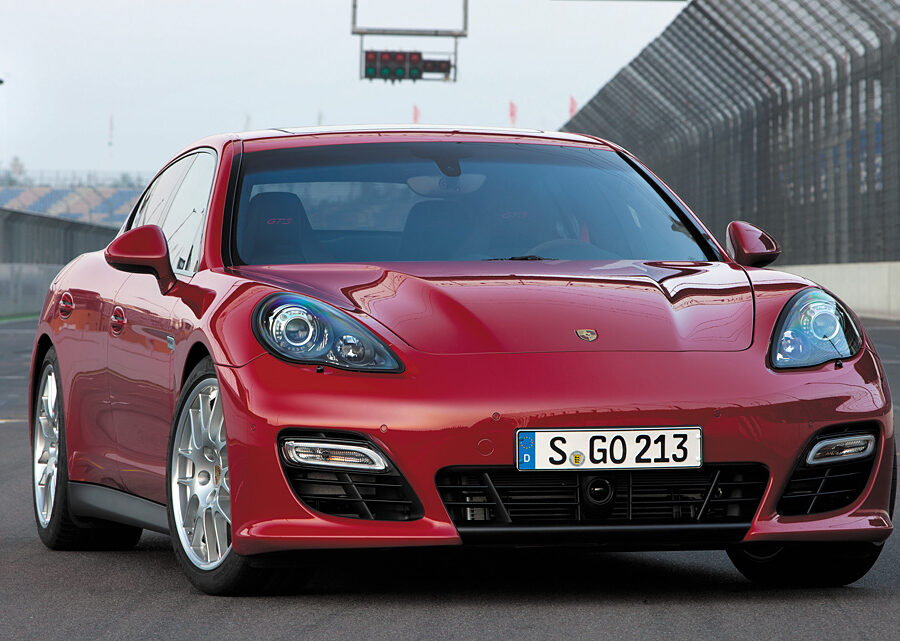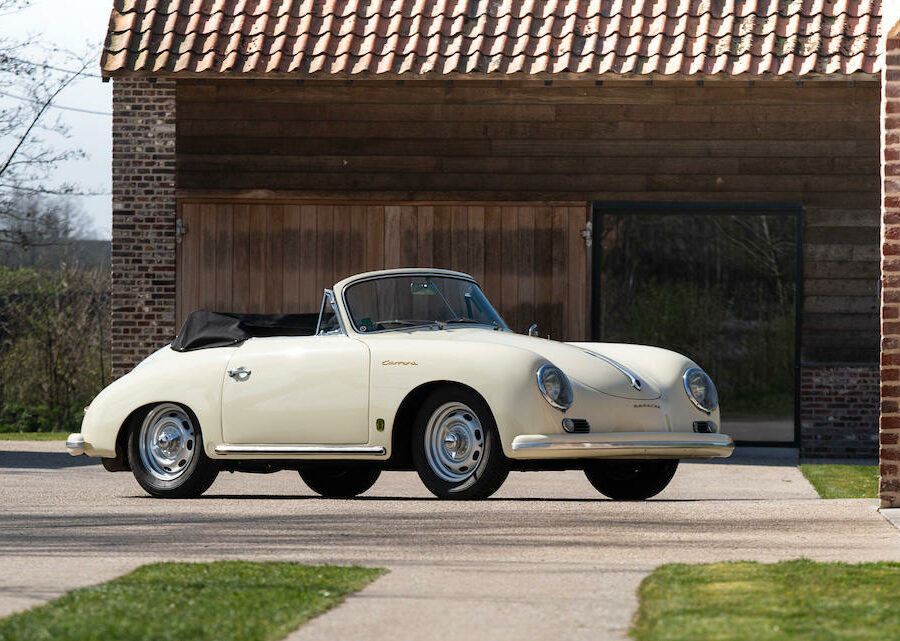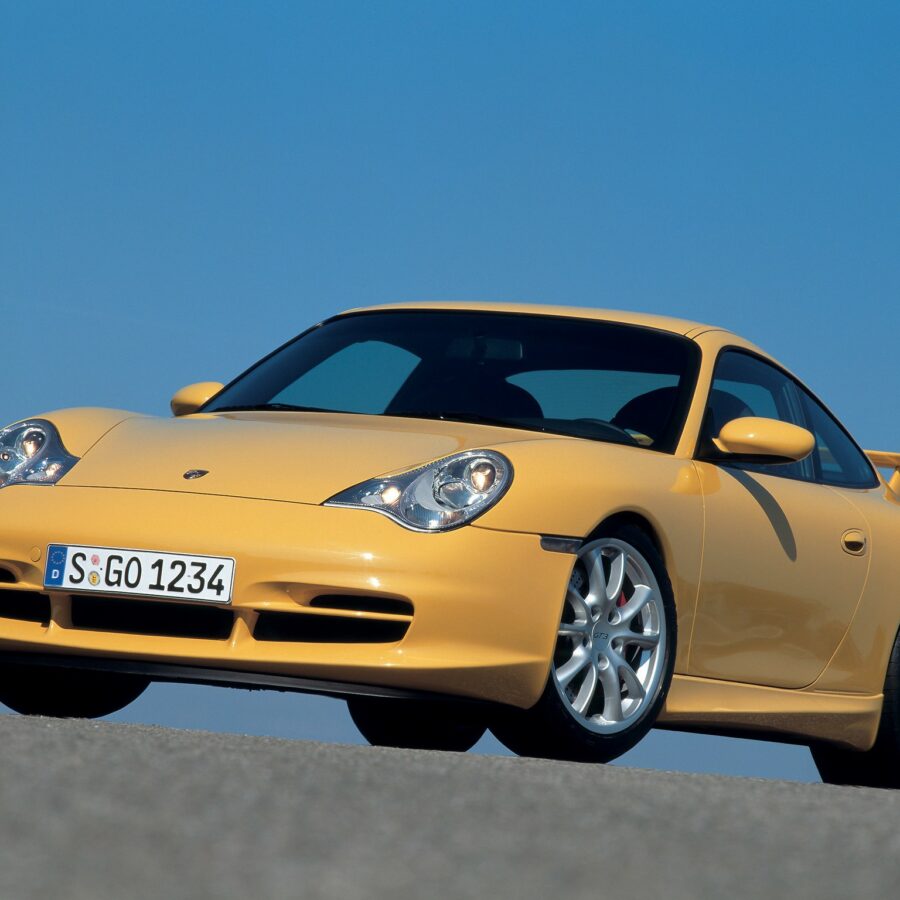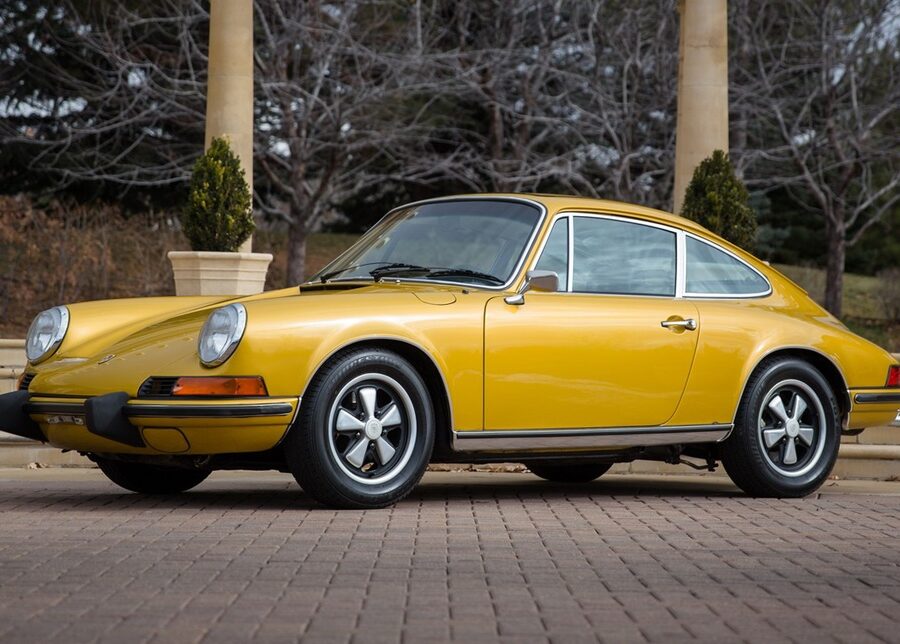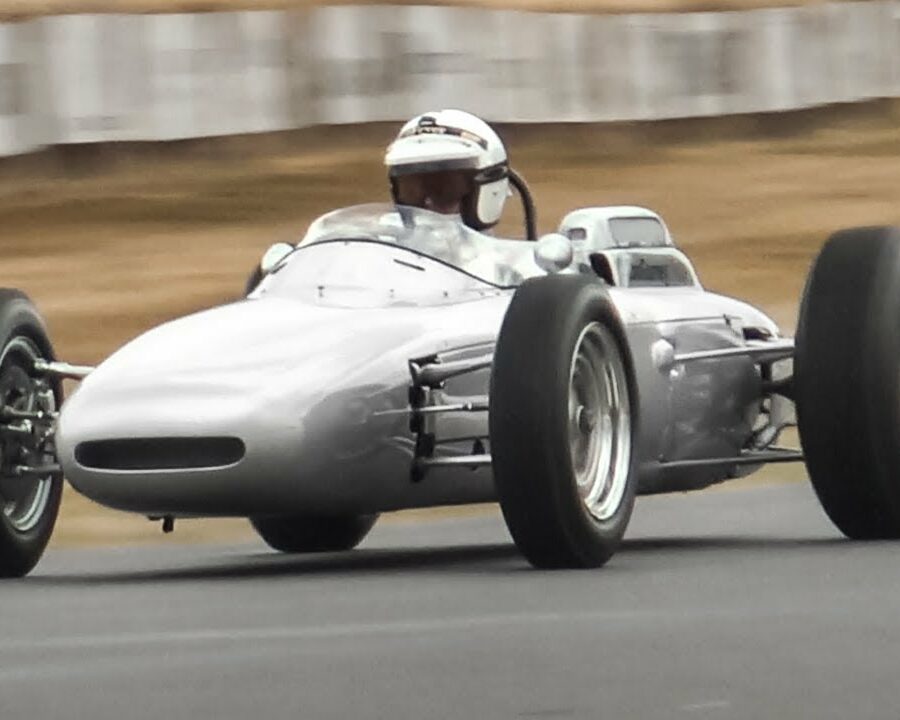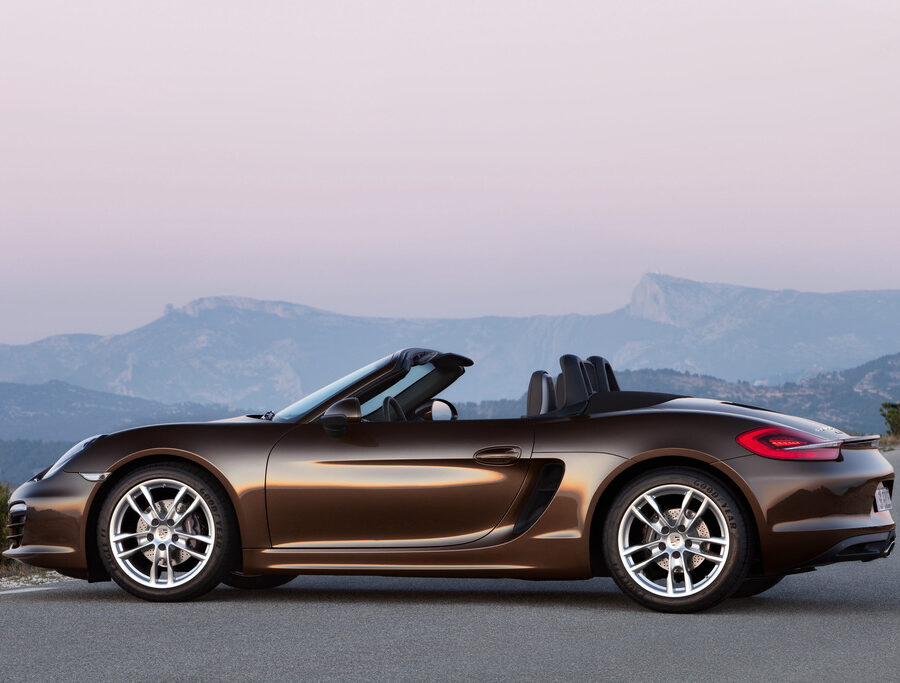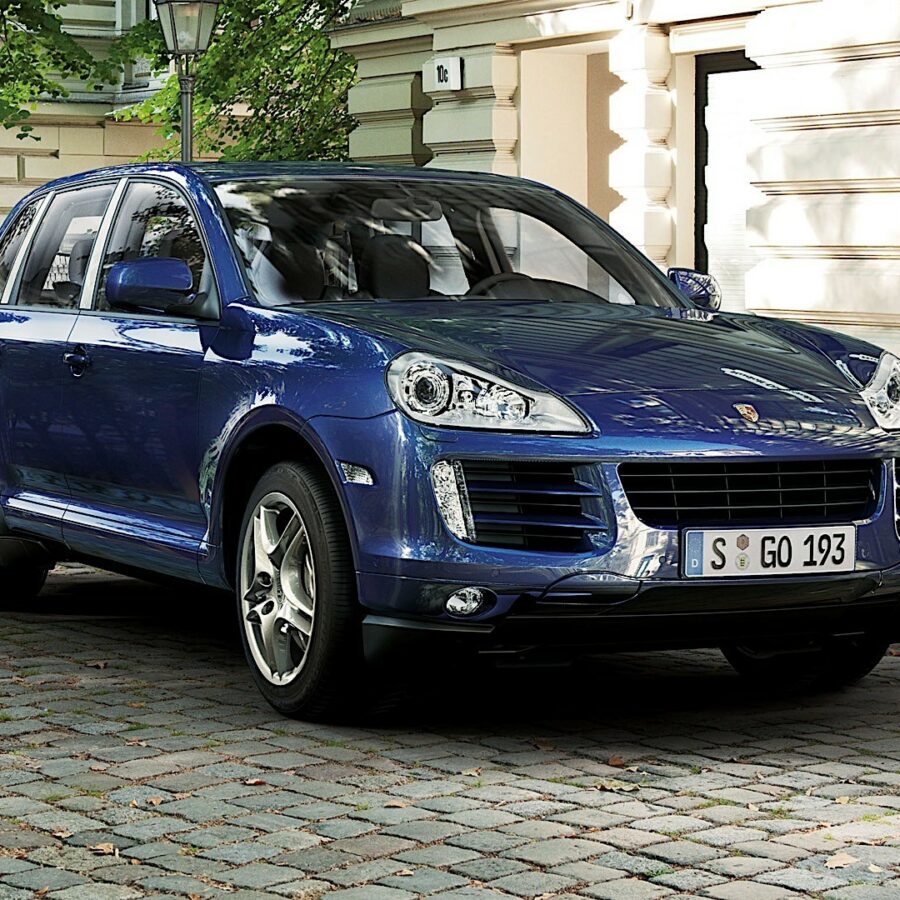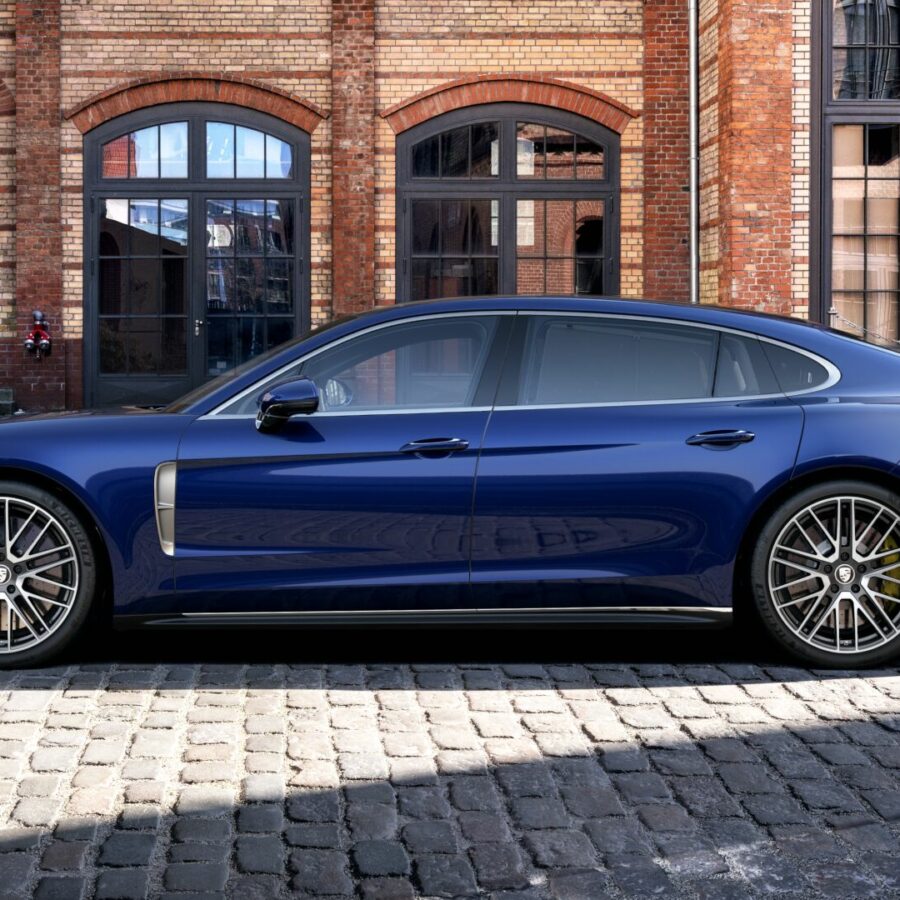Porsche 960 Turismo Concept (2016)
An idea for a grand tourer EV which helped bring the Taycan into existence as a production car.
Porsche 911 2.0 Bertone (1966)
Southern California Porsche dealer Johnny von Neumann knew what his customers wanted, and a Targa top Targa 911 wasn’t it.
Porsche 917/10-72 (1972)
The 1972 917/10 was similar to the 908/03, but had the 12-cylinder engine instead of the 3-litre flat-8.
Porsche 597
The Porsche 597 "Jagdwagen". The Floating Porsche.
In-Depth: The 1972 Porsche RS/RSR 911 360 0001 Prototype
The story of the development of the Porsche 911 RS/RSR prototype in the middle of 1972
Porsche 911 Carrera Coupe (997.2) (2009 – 2012)
Now with direct-injection technology and a seven-speed, dual-clutch transmission
Porsche 944 Turbo Coupe (1985 – 1991)
It didn’t take Porsche’s engineers long to significantly improve on the base 944’s performance by doing the obvious and adding a turbocharger to the engine.
Porsche 911 Turbo S 10 Year Anniversary Edition (997.2) (2011)
Limited edition model to celebrate an active decade in the Chinese market
Porsche 917 K-71 (1971)
For the 1971 Season, the 917 Kurzheck Coupé (917K) was upgraded in several ways
Porsche 911 GT1 Evolution (1997)
Towards the end of the 1996 season, Porsche made revisions to the 911 GT1 in preparation for the 1997 season.
Porsche 911 Carrera 3.2 Clubsport (1987 – 1989)
One Last Hurrah for the G-Series 911. One of the most underrated Porsche's ever.
Porsche Cayman (2007 – 2008)
The second-generation Boxster platform also gave us the epic coupe Cayman
Porsche 911 GT3 (997.2) (2010 – 2012)
The new GT3 even more powerful, faster, and refined than its predecessor
Porsche 911 Carrera 4 Cabriolet (997.2) (2009 – 2012)
New engine. New all-wheel drive system. Refreshed design.
Porsche 911 GT3 R (996) (2000)
In the 2000 FIA GT Championship, the 996 GT3 R was the dominant racer in the new N-GT class and won every run.
Porsche Cayman GT4 (2015 – 2016)
The Perfect Sports Car. The Perfect Porsche.
Porsche 911 Speedster (964) (1993 – 1994)
964 body with the hood and windscreen of the Carrera 3.2 Speedster
Porsche 911 RS America (964) (1993 – 1994)
Lightened, limited edition, performance version for the U.S market.
Porsche 911 SC Ferry Porsche Special Edition (1982)
Only 200 ‘Ferry Porsche’ 911 Jubilee SCs were made
Porsche 911 Carrera RS 3.0 (1974)
In 1974 the roadworthy motorsport 911 series continued its run.
Porsche 906 E Carrera 6 (1967)
Nine factory vehicles received the 2-liter, six-cylinder boxer engine with an injection system
Porsche 911 GT2 (993) (1995 – 1998)
Built to meet homologation requirements for the GT2 class racing
Porsche 911 Carrera T (991.2) (2018 – 2019)
The T is basically the ideal sports car
Porsche 911 Speedster (Turbo-Look) (964) (1993 – 1994)
15 Speedster got skunkworks love and got the widened Turbo body shell
Porsche 984 Concept Car (1984 – 1987)
The Porsche Junior concept car.
Porsche 911 RSR (991) (2013 – 2016)
2015 FIA World Endurance Cup for GT winner
Porsche 911 Carrera Cabriolet (991.2) (2016 – 2019)
Porsche says the turbocharging part of the progress. We find out if that makes it better
Porsche 906 Living Legend Concept (2015)
In this vision of a super sports car, the Porsche 906 provided the proportions and design cues.
Porsche 911 Carrera RS (964) (1992 – 1994)
The Porsche Carrera RS (964 RS) Was An Epic, Lightweight, Stripped Down Road Racer
Porsche 908 LH Flunder Spyder (1969 – 1975)
There was a belief that longer bodies are more aerodynamic and are therefore better for faster tracks, so a 908 Flunder Spyder with a longer tail was created
Porsche 911 Carrera 4 (Turbo-Look) (964) (1994)
Model year 1994. Carrera 4 Wide-Body for the U.S
Porsche Boxster RS 60 Spyder (2008)
Commemorative RS60 Spyder edition of the Boxster to celebrate Porsche's 1960 win in the 12 Hours of Sebring in Florida
Porsche 911 Turbo S Cabriolet (991.2) (2017 – 2019)
The quickest four-seat convertible on the planet and one of the fastest cars in the world period
Porsche 911 SC “San Reno” (1981)
Röhrl's one-off drive at the 1981 San Remo Rally is regarded as one of the greatest drives ever
Porsche 356 1500 Super “Pre-A” (1953 – 1955)
Porsche's competition department reworked the 1500 engine with hotter cams and bigger Carburetors, boosting power to 70 bhp.
Porsche Cayman S (2006 – 2008)
A fast, mid-engine coupe joins the Porsche lineup
Porsche 911 Carrera GTS Cabriolet (992) (2022 – Present)
Twin-turbo 3.0-liter flat-six and open-top fun
Porsche Cayman S Sport (2009)
The Sport was a Cayman S packaged with many sport options to create an edgy/sporty Cayman S.
Porsche 911 GT3 (997) (2007 – 2009)
The race-bred 911 features a 415-horsepower naturally aspirated engine with an 8,400 rpm redline
Porsche 911 Turbo 3.6 (964) (1993 – 1994)
Engine based on modified 3.6 litre 964 unit. Speedline wheels with big red brake calipers.
Porsche 911 E 2.2 (1970 – 1971)
The Porsche 911E continued its place as the mid-range option in the 911 lineup for 1970 - 1971
Porsche 911 E 2.4 (1972 – 1973)
911E was the mid-range option in the E-series and F-series 911s. It benefited from the larger 2.4 engine
Porsche 911 Carrera S (993) (1997 – 1998)
The Carrera S took the same mechanicals of the 993 Carrera and put them in the wide body of the Turbo.
Porsche 911 GT3 RS (997.2) (2010 – 2012)
This most-special 911 will continues the RS tradition. Lighter, faster, and more extreme.
Porsche 911 GT3 Touring (992) (2022 – Present)
Sensational. Rewarding. Engaging. Intense. It Doesn't Get Any Better Than This
Porsche 911 Carrera 2.7 MFI (1974 – 1976)
A high performance fuel injected Carrera specifically for the European market.
Porsche Cayman R (2012)
A weight savings of 121 lbs. More power and lots of detailed work under the skin. One of the best driver's cars Porsche has ever made and that is saying a lot.
Porsche Taycan GTS Hockenheimring Edition
Porsche celebrated the 90th anniversary of the Hockenheimring track with a special edition of one of its models.
Porsche Mission E (2015)
Porsche's first take on an electric sportscar future
Porsche Cayman S (2009 – 2012)
Four years after the introduction of the Cayman S, the sportier version of the mid-engine sports coupe Porsche was refreshed.
Porsche 718 Boxster S (2017 – Present)
Now with a turbocharged four cylinder engine pumping out 345 bhp and 310 ft lbs of torque
Porsche 911 Carrera Cabriolet (997.2) (2009 – 2012)
The 911 Carrera Cabriolet is a true Porsche, from top to bottom.
Porsche Boxster (2009 – 2012)
For 2009 MY, the second generation of the Boxster received new technologies and more power.
Porsche 911 Turbo Coupe (991) (2014 – 2016)
The new 911 Turbo has even more power and more electronic systems. The perfect GT.
Porsche 911 Carrera Turbo 2.1 (1974)
The first turbocharged Porsche 911, and the first turbo-powered Porsche race car at Le Mans.
Porsche 935/78 ‘Moby Dick’ (1978)
The 935/78 was the ultimate expression of the 911 factory race car before Porsche officially withdrew from motor sport.
Porsche 911 Carrera GTS Club Coupe (991) (2016)
Porsche celebrates 60th anniversary of Porsche Club of America with limited-edition 911 model
Porsche 718 RSK Mittellenker (1958)
For 1958, the 718 RSK Spyder was modified to compete in FIA Formula racing events. Gone was the conventional two-seat layout now replaced with a single seat in the middle.
Porsche 911 Turbo Coupe (992) (2021 – Present)
You know the world is ok when the "entry level" 911 Turbo hits 0 - 60 mph in just 2.7 seconds.
Porsche 911 GT3 (996.2) (2004 – 2005)
Based on the facelifted 996 Carrera. The 3.6-litre engine produced 381 bhp.
Porsche 911 T 2.4 (1972 – 1973)
911 T was the entry level option in the 911 lineup that featured a 130 bhp engine and steel disc wheels.
Porsche 804 F1 (1962)
The Porsche 804 competed in Formula One (F1) in 1962. Porsche developed an 8-cylinder engine for it.
Porsche 911 GT3 RS (996) (2004)
Defined a new era of super-fast, track-ready cars




